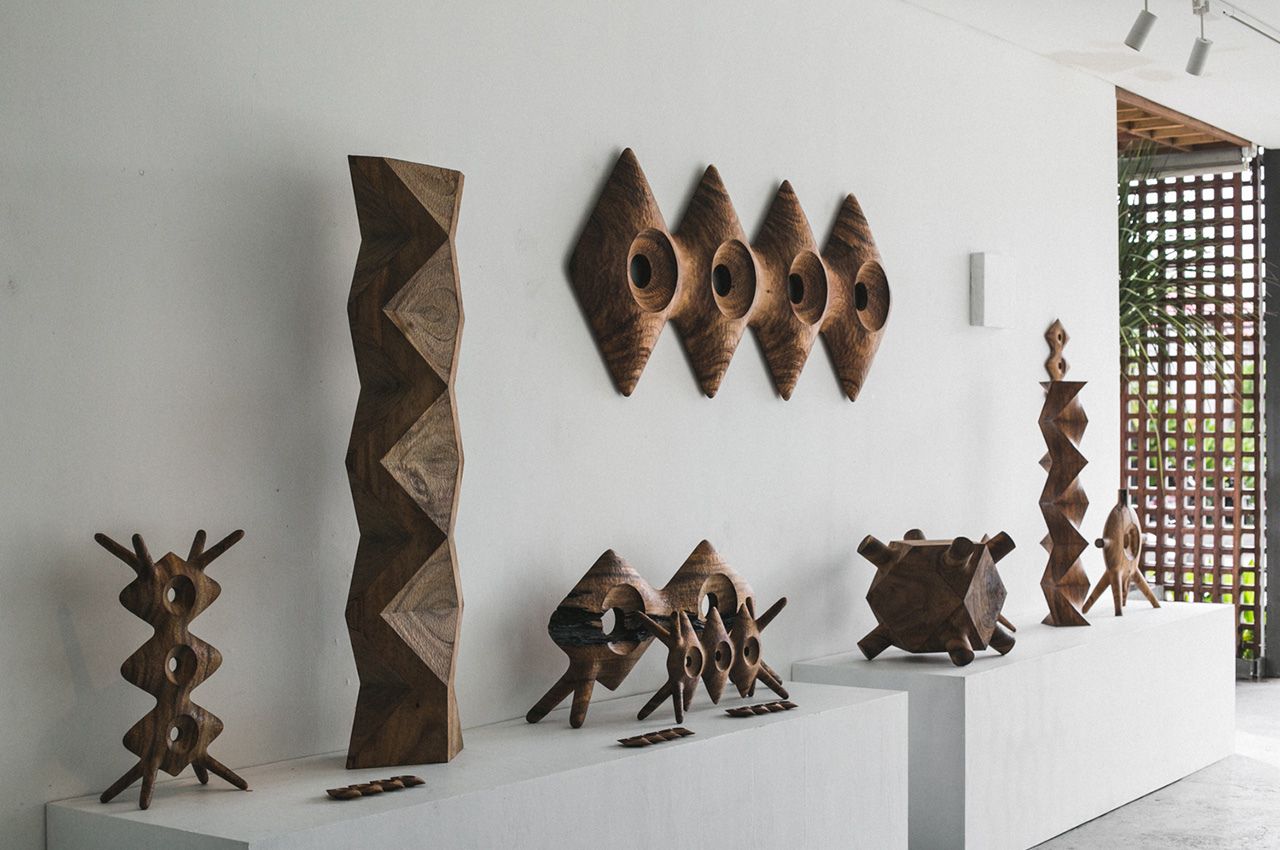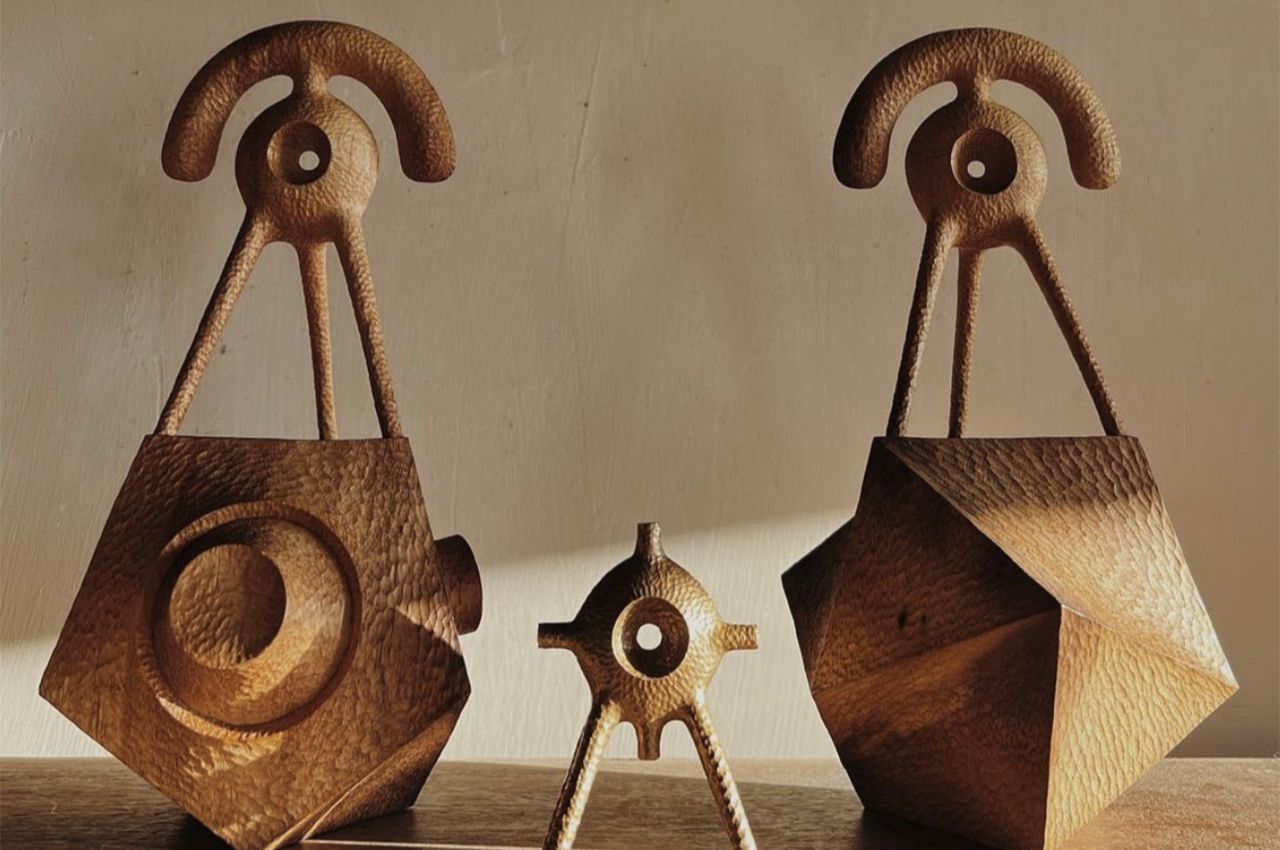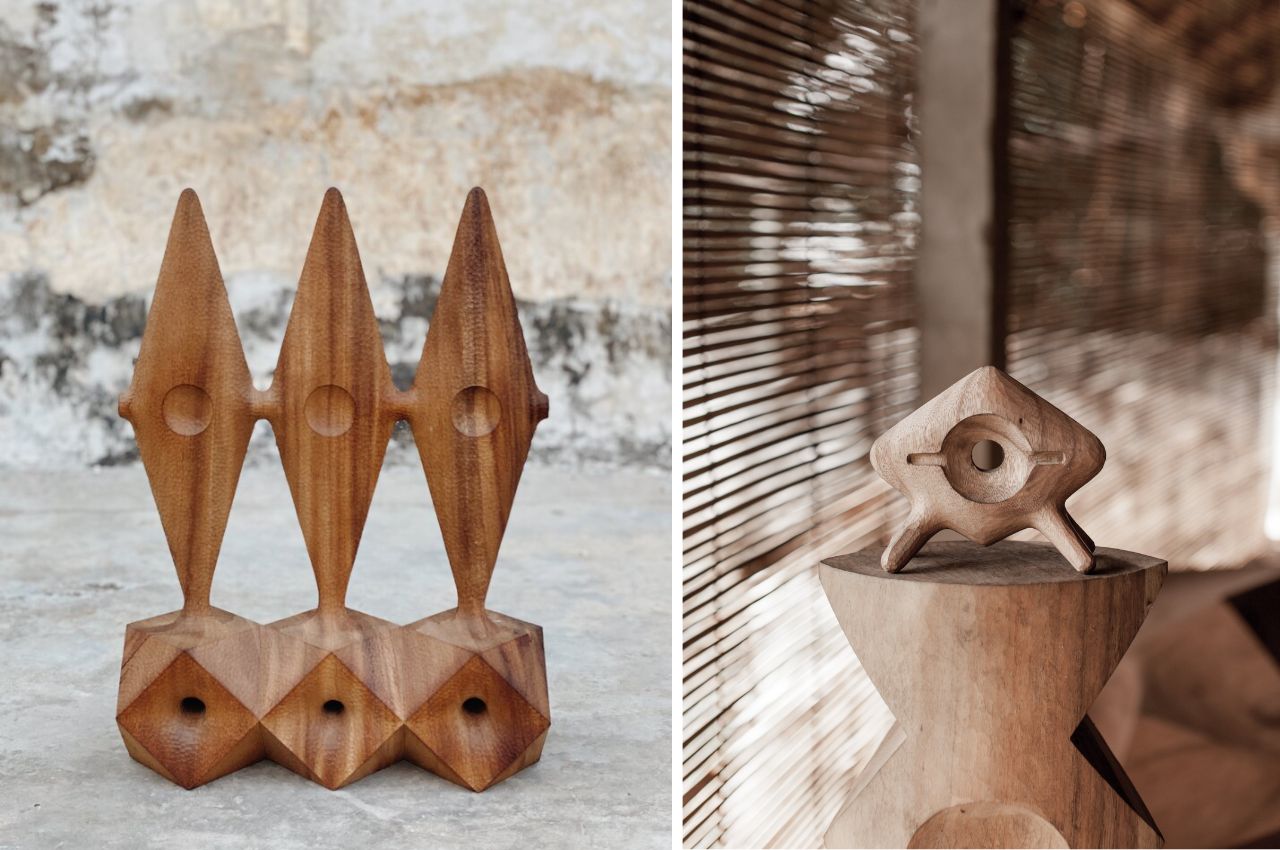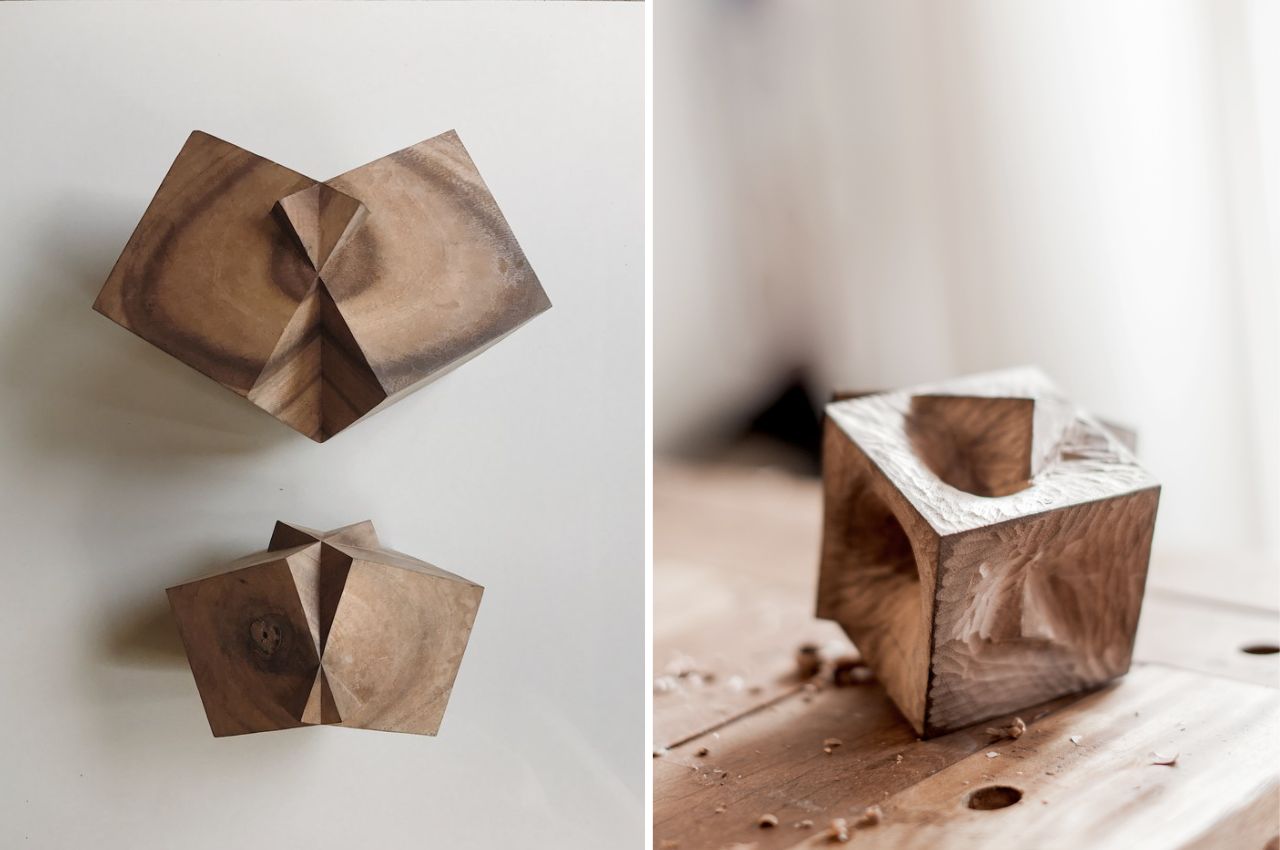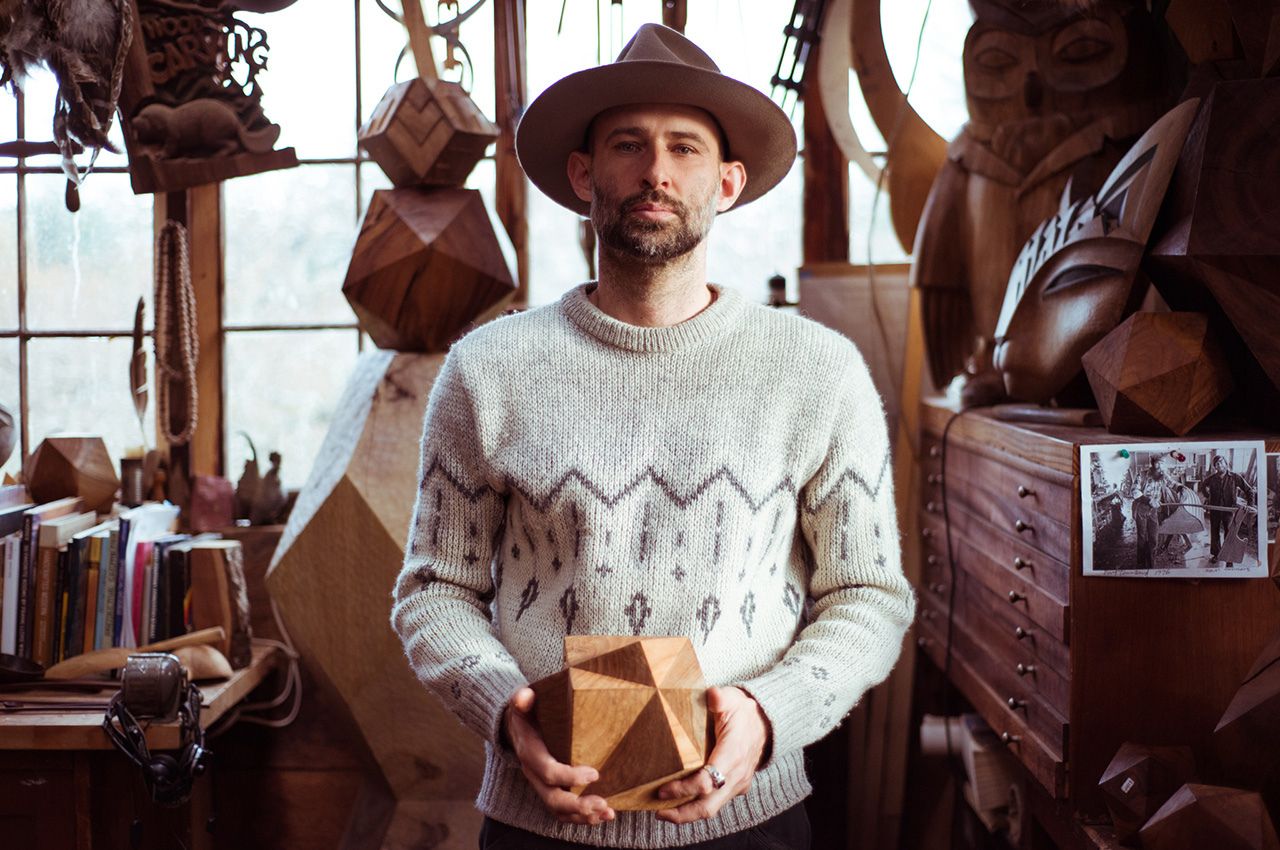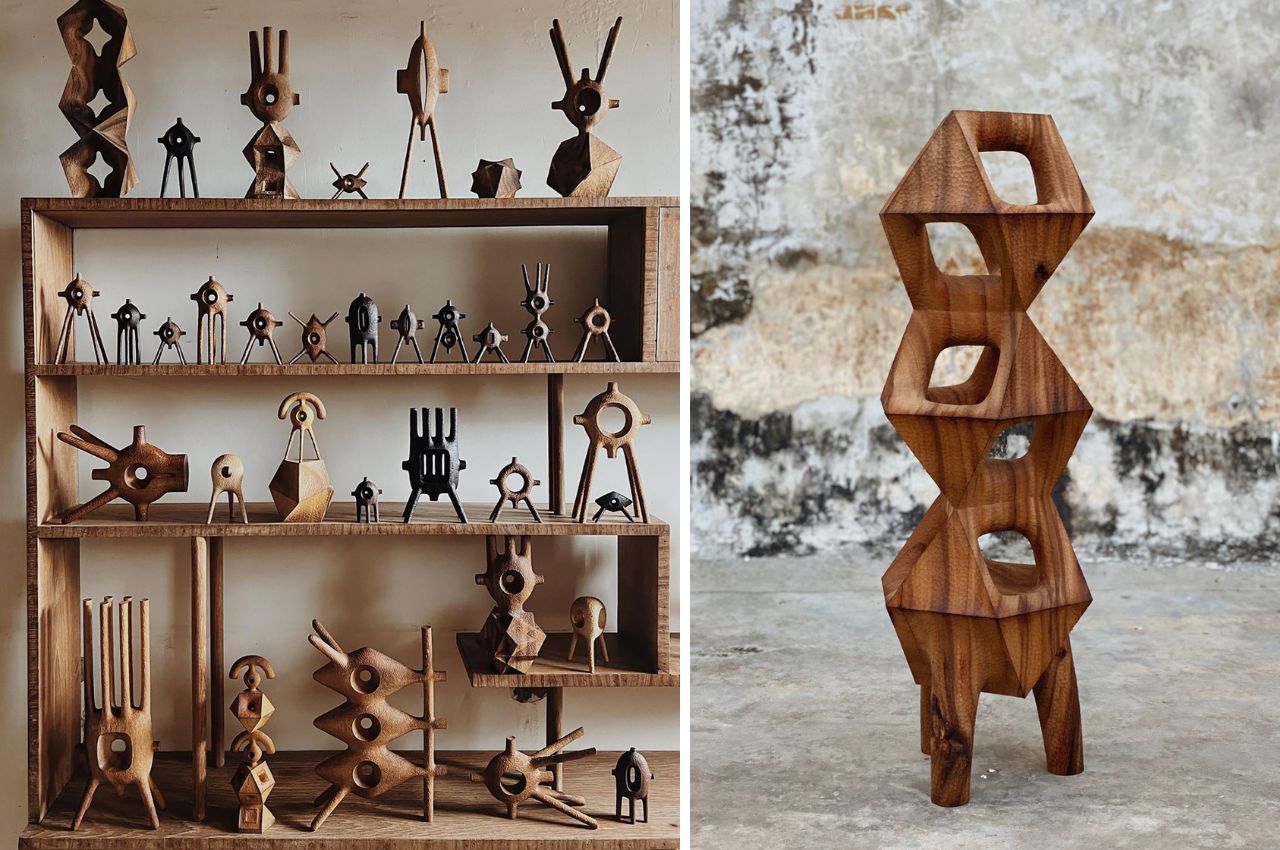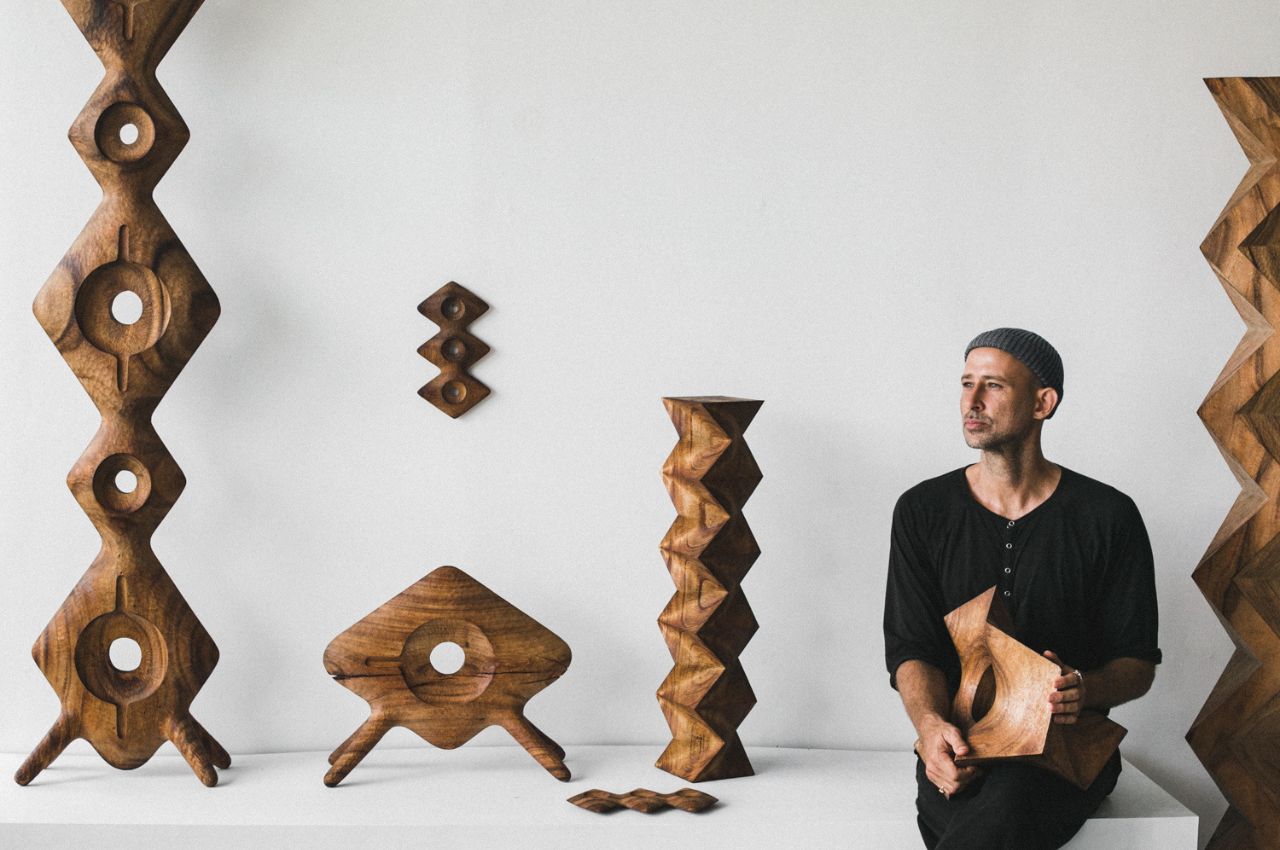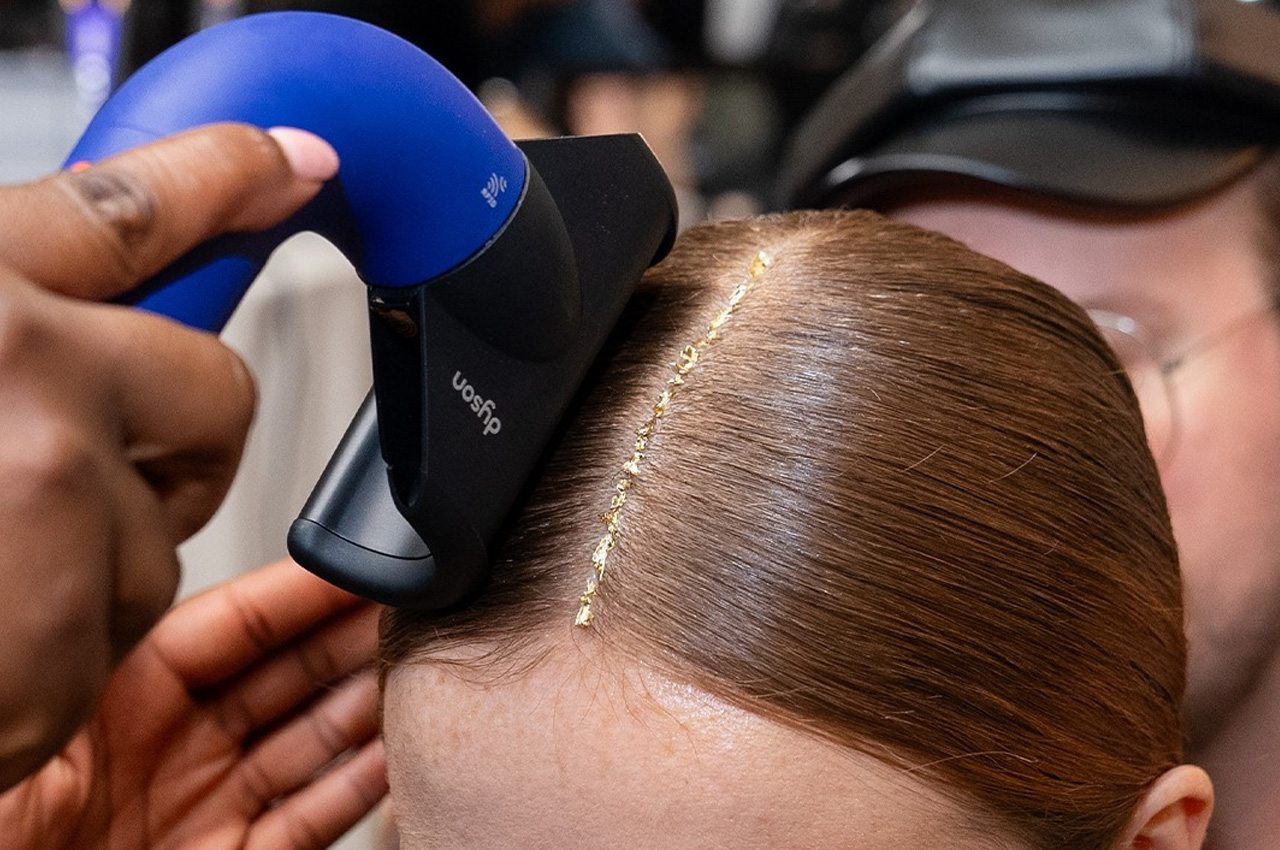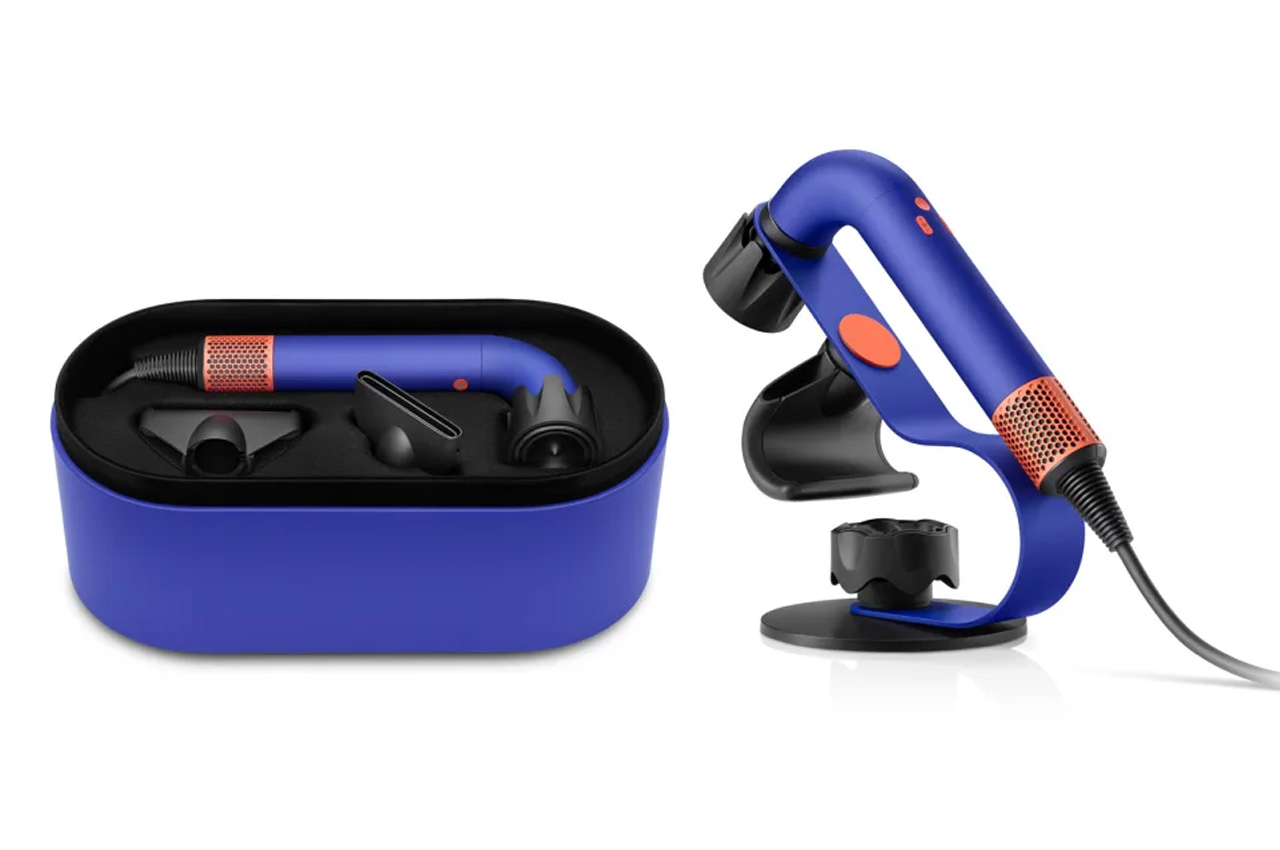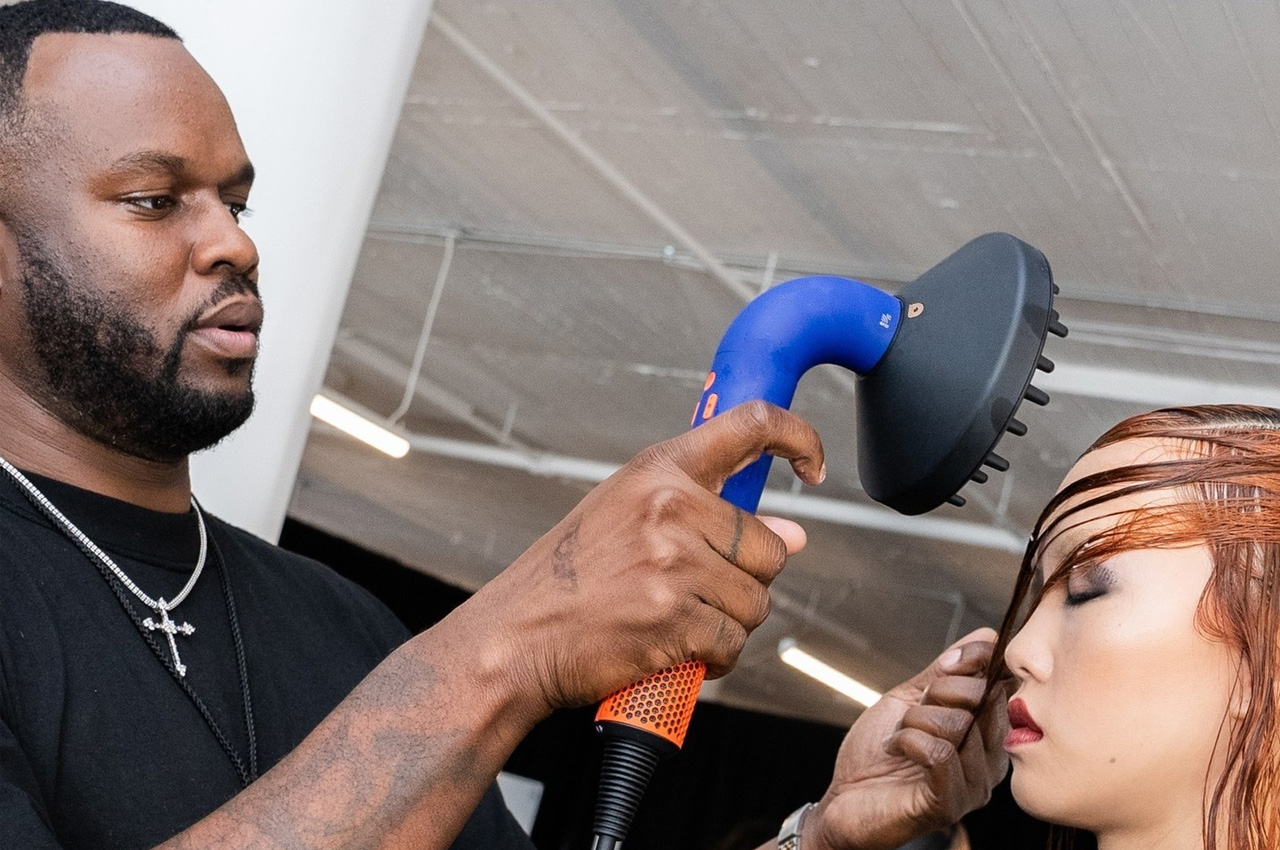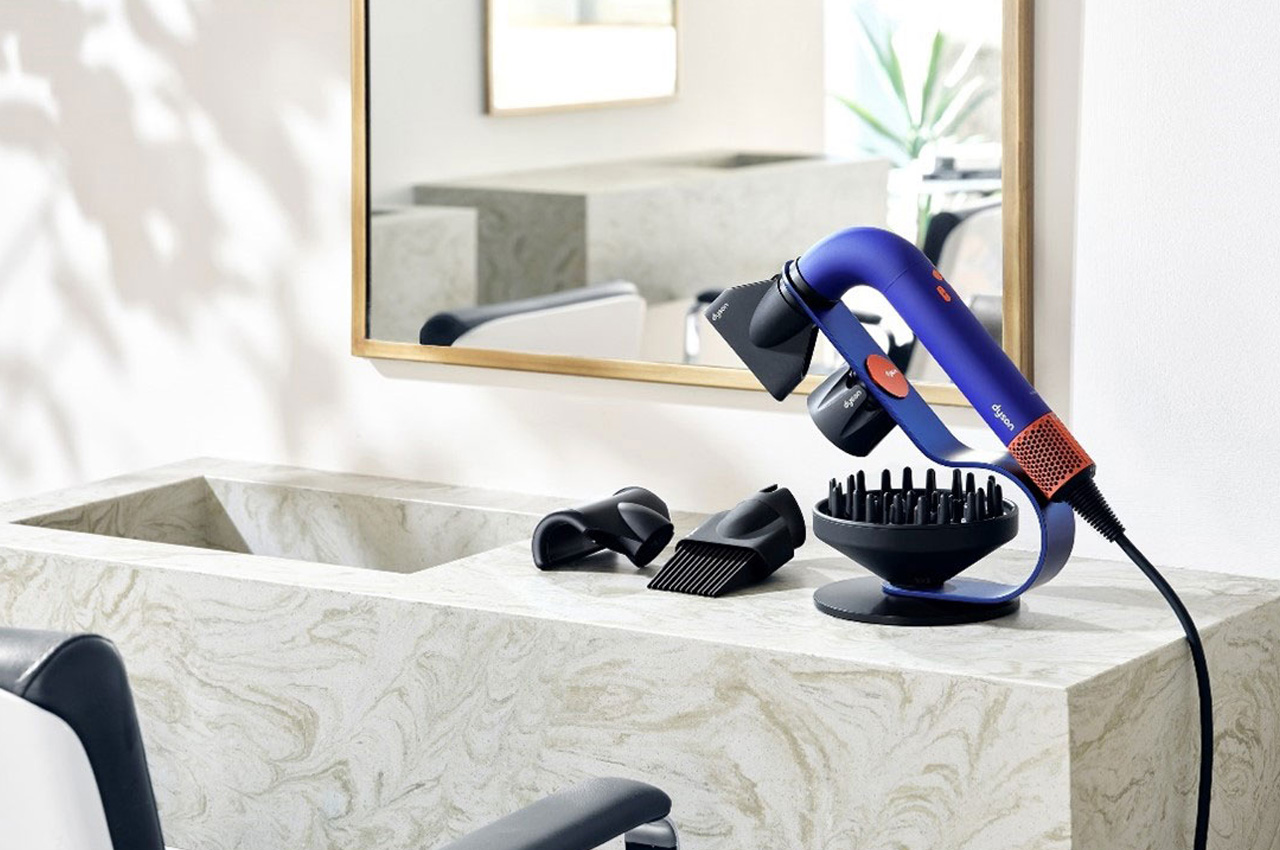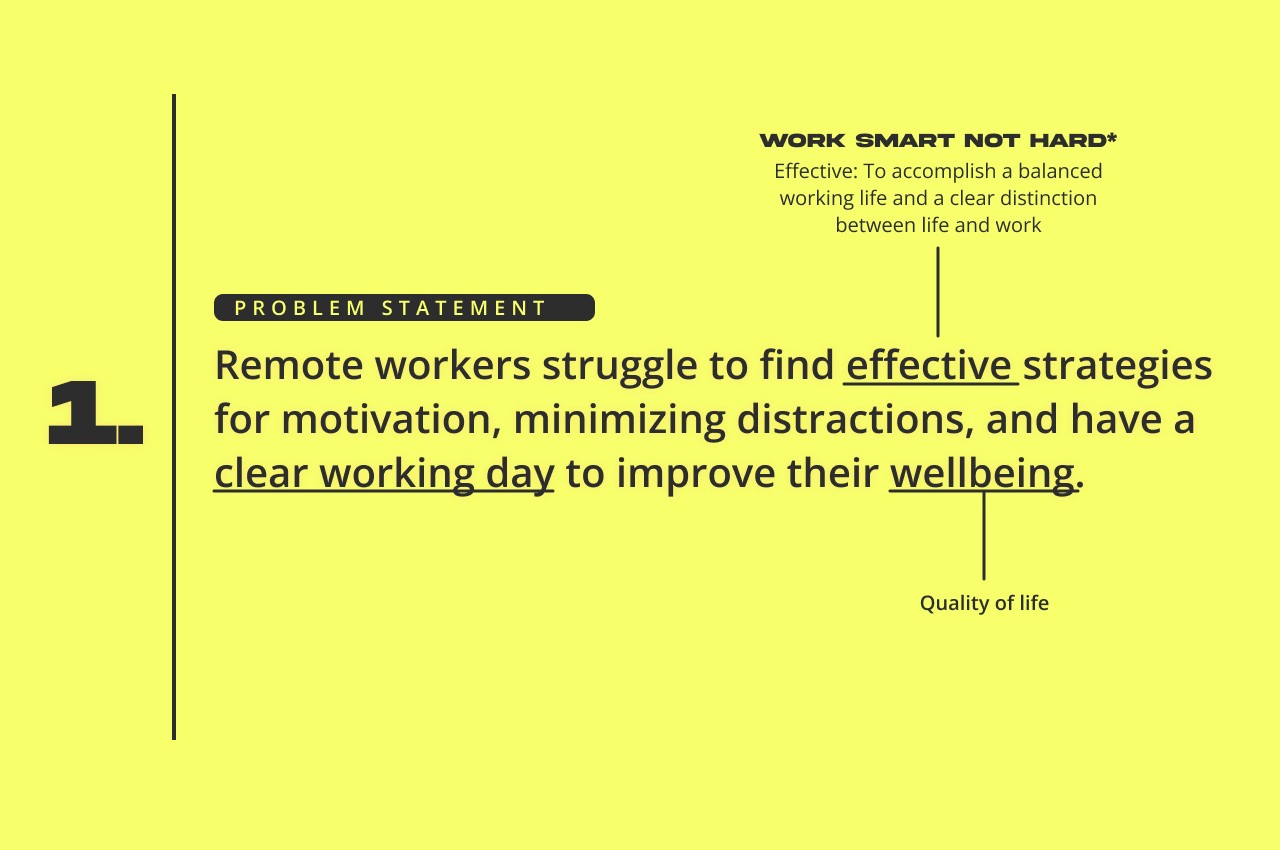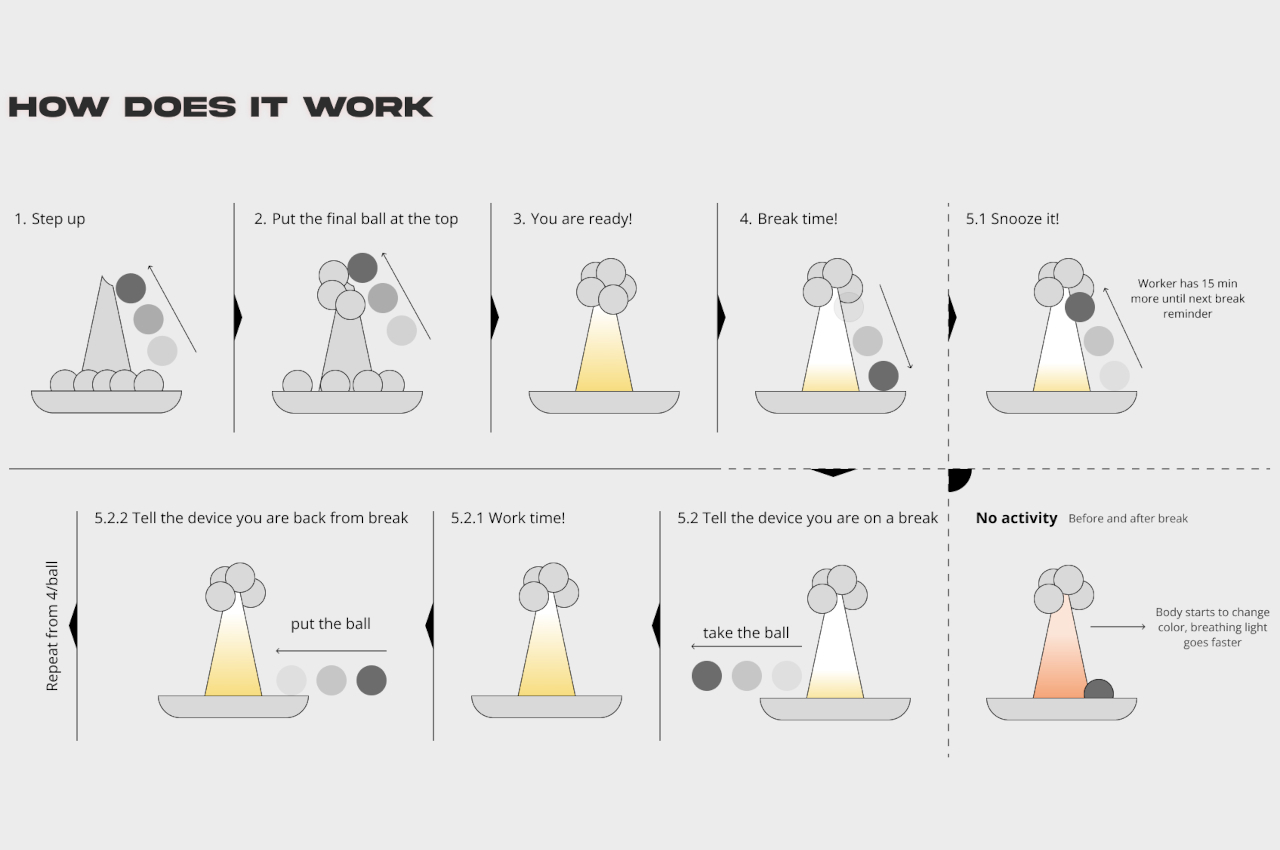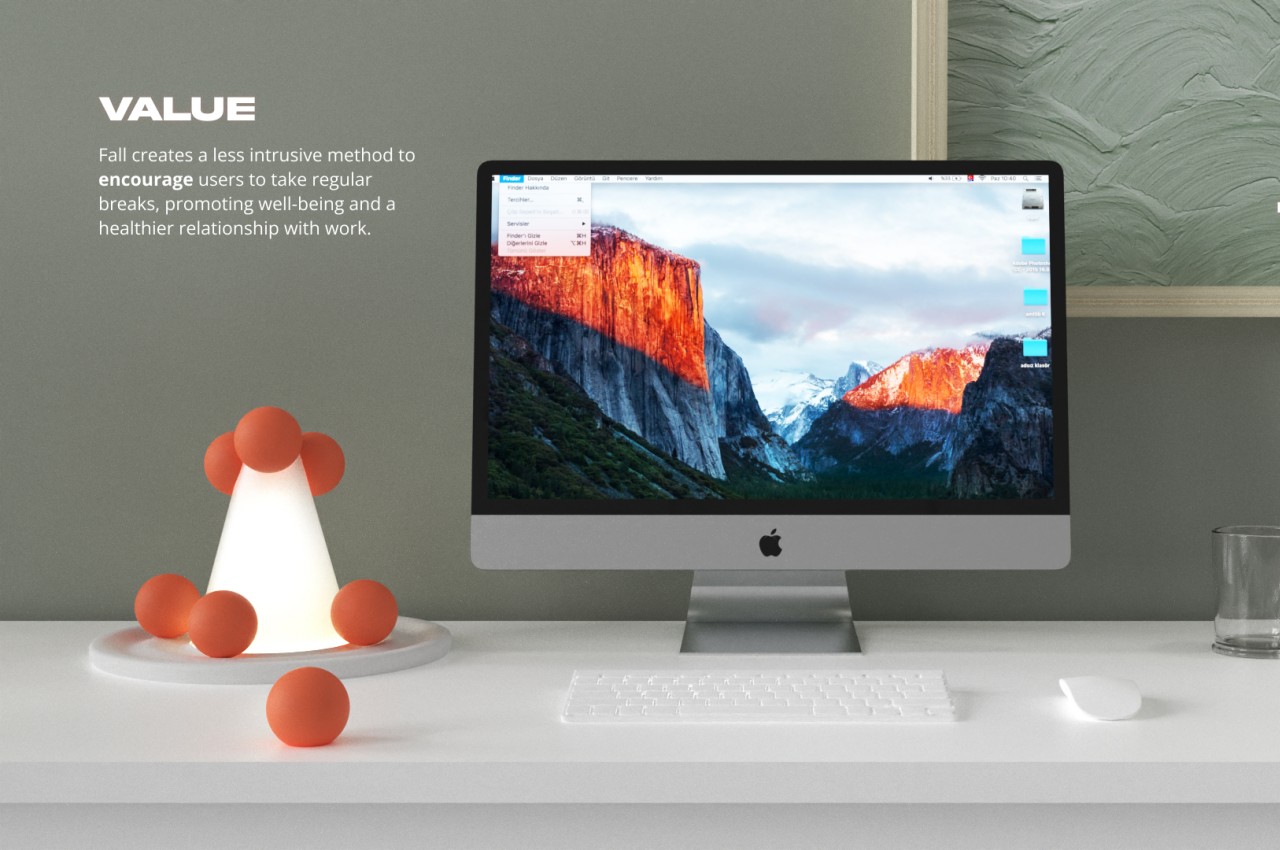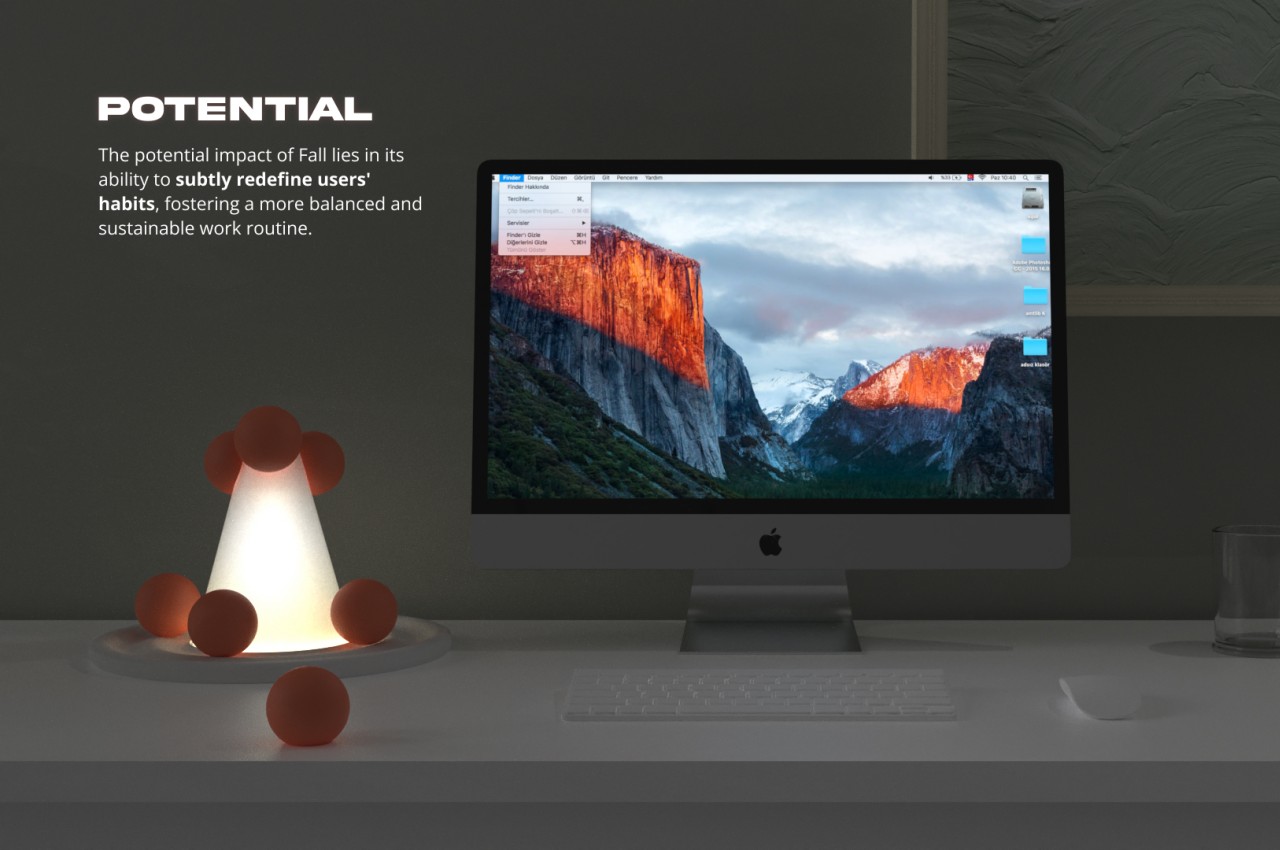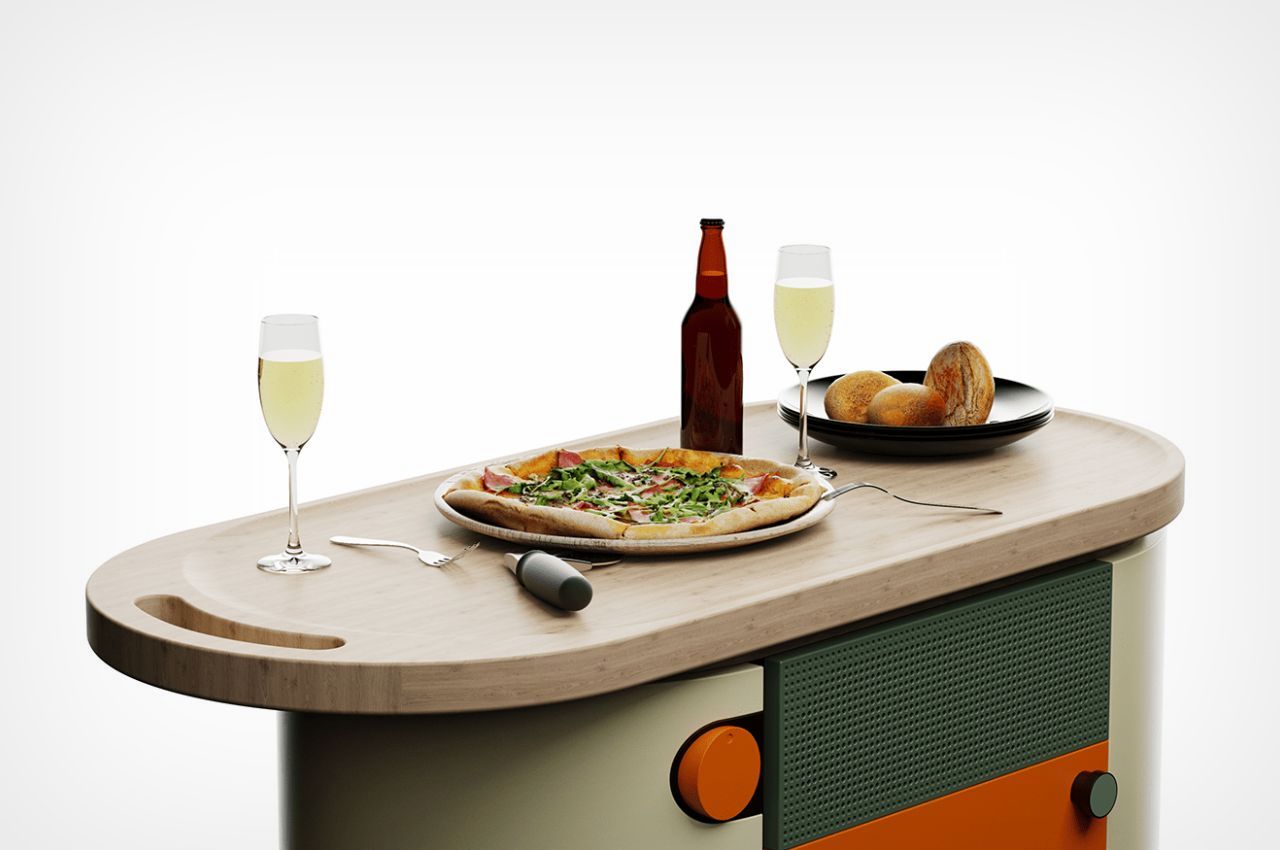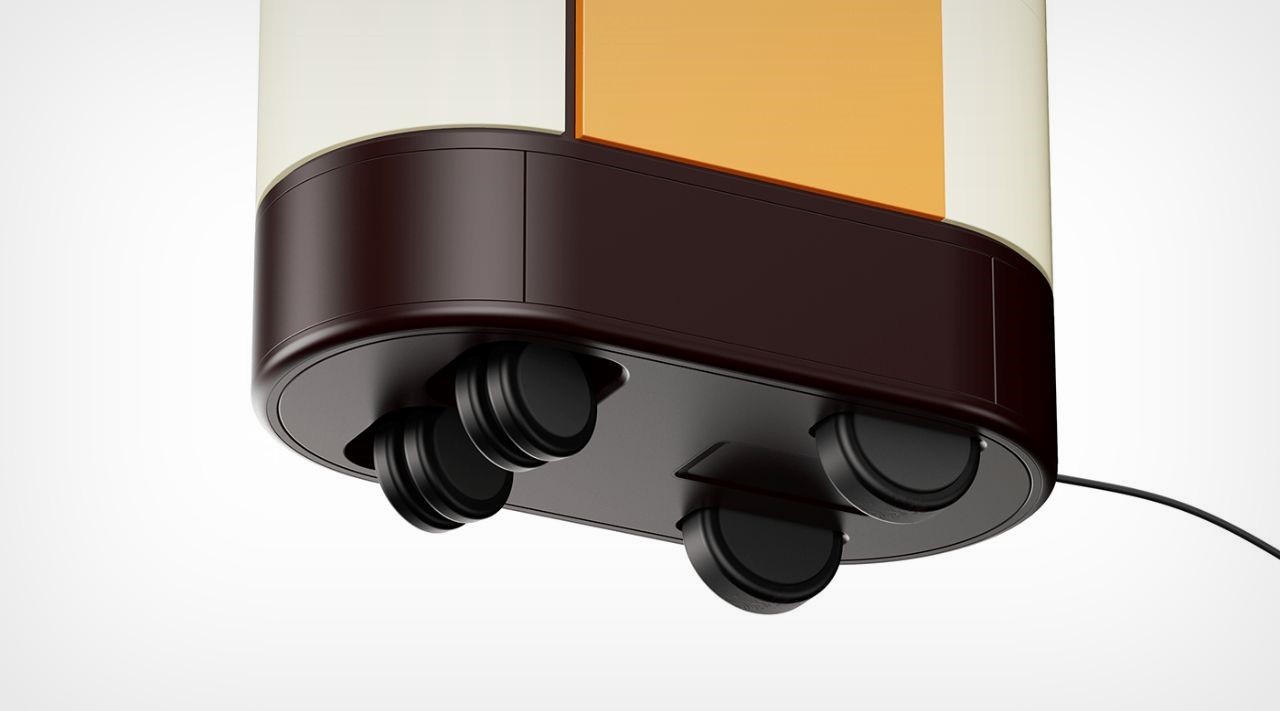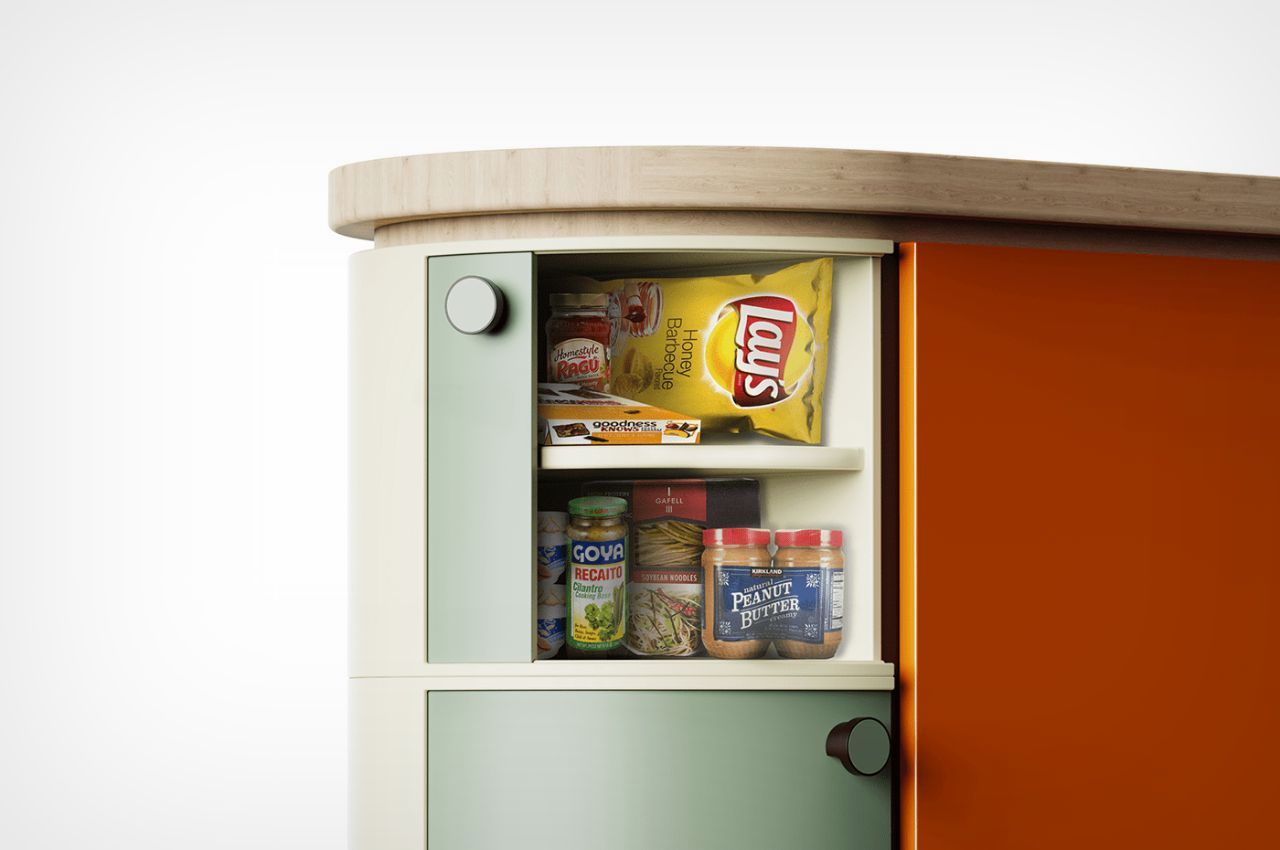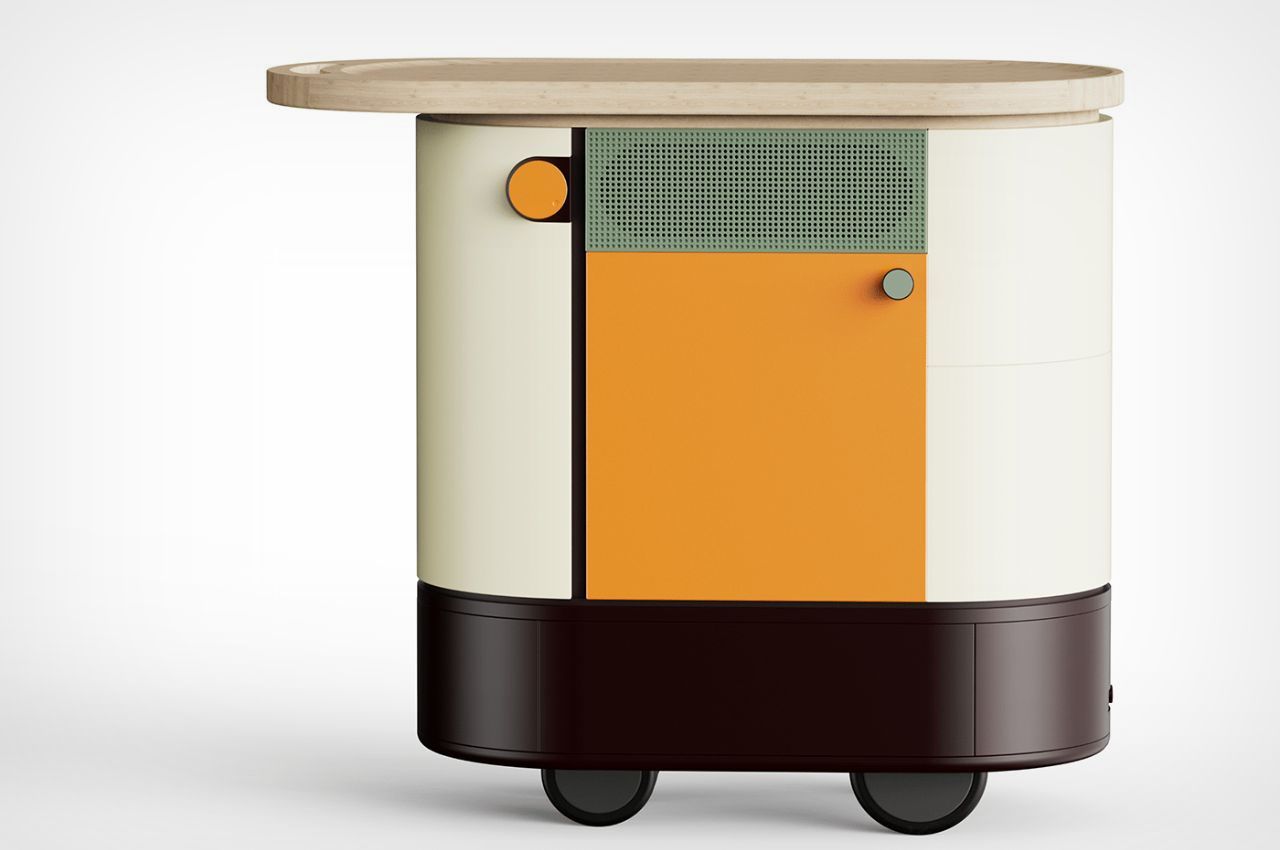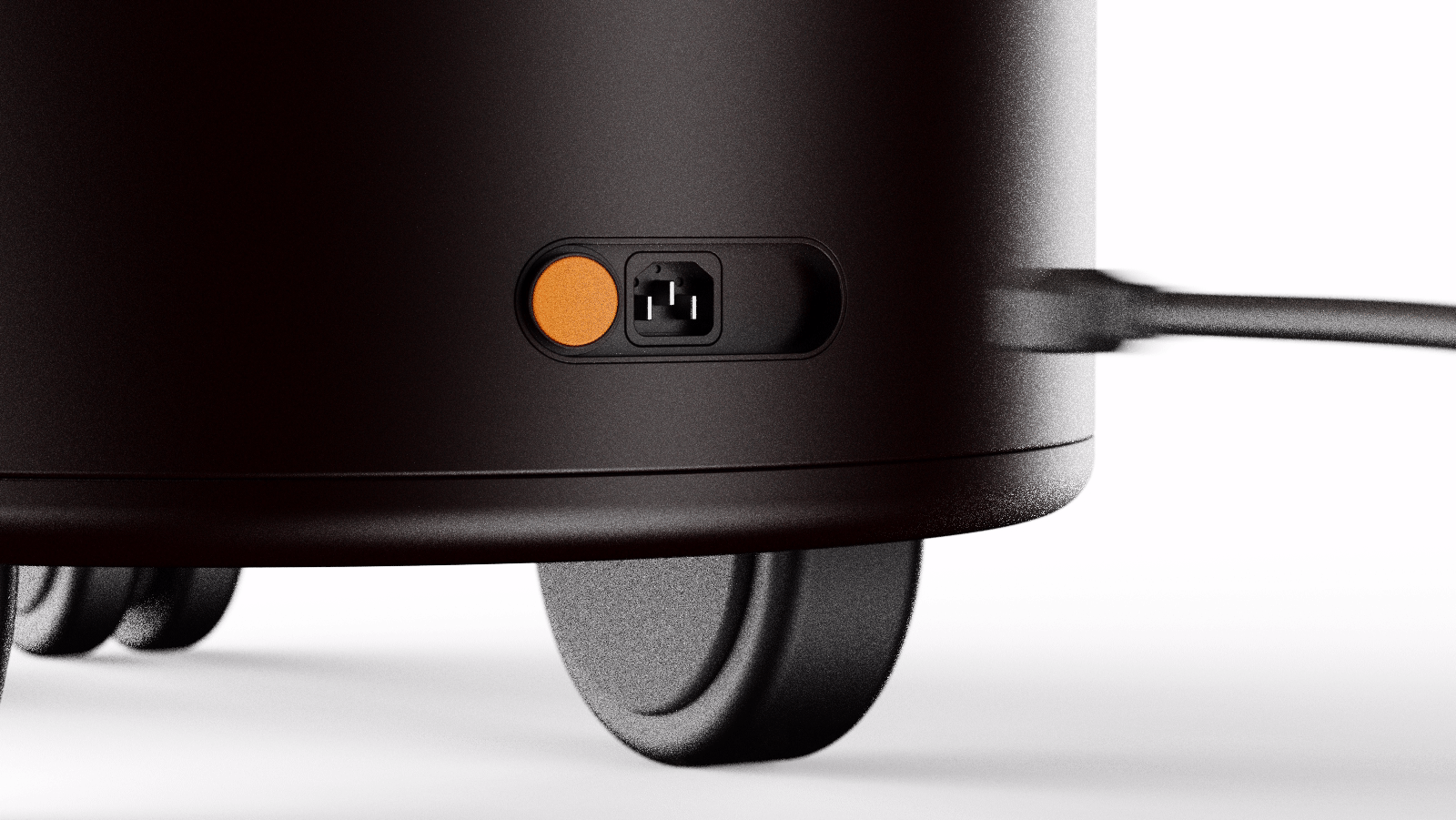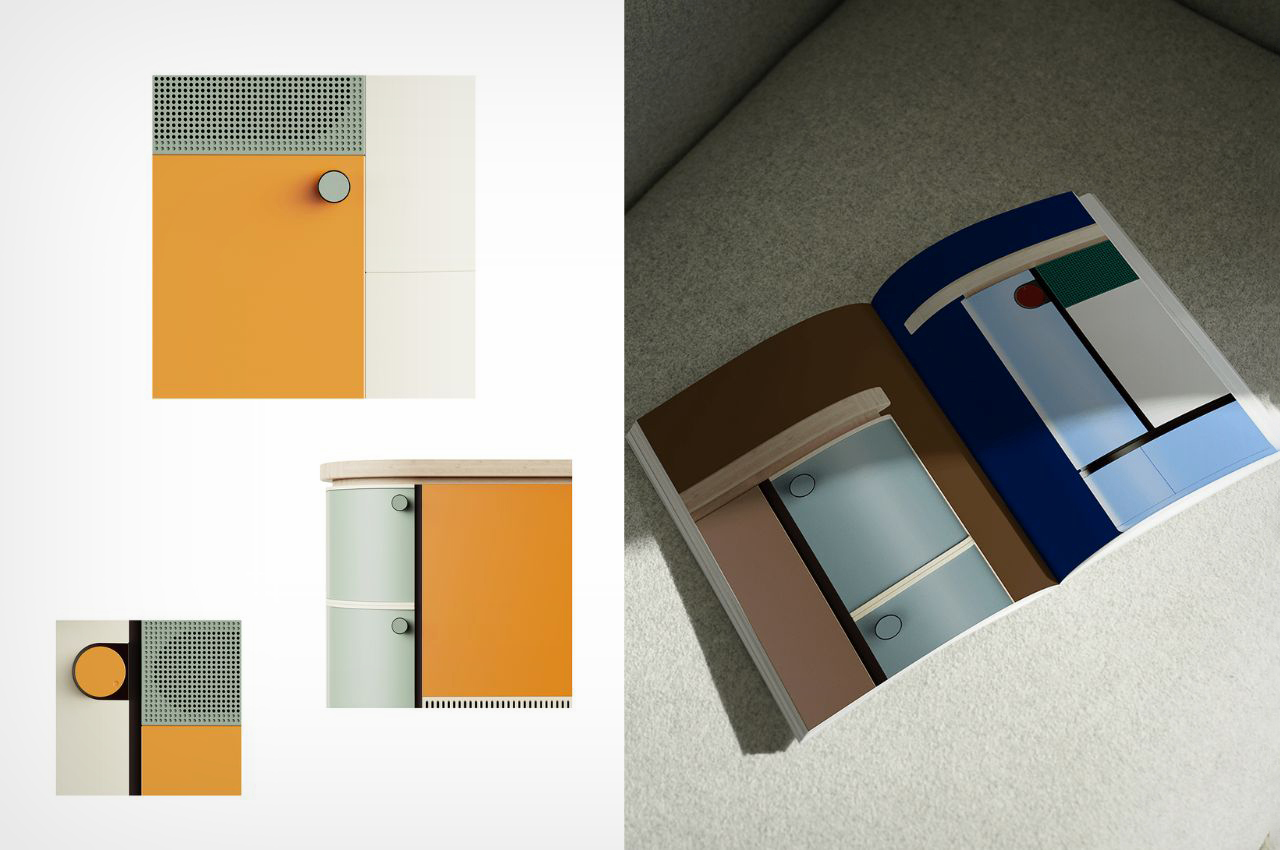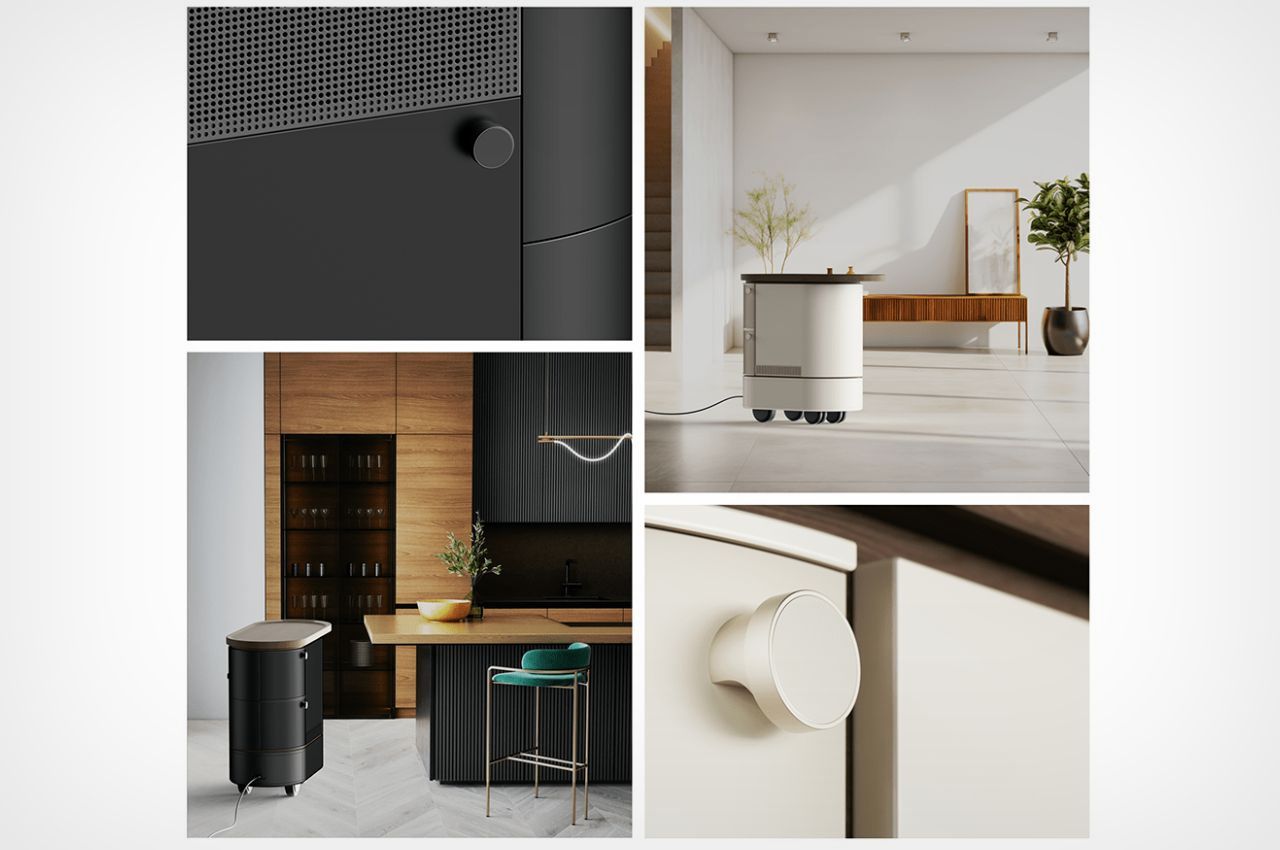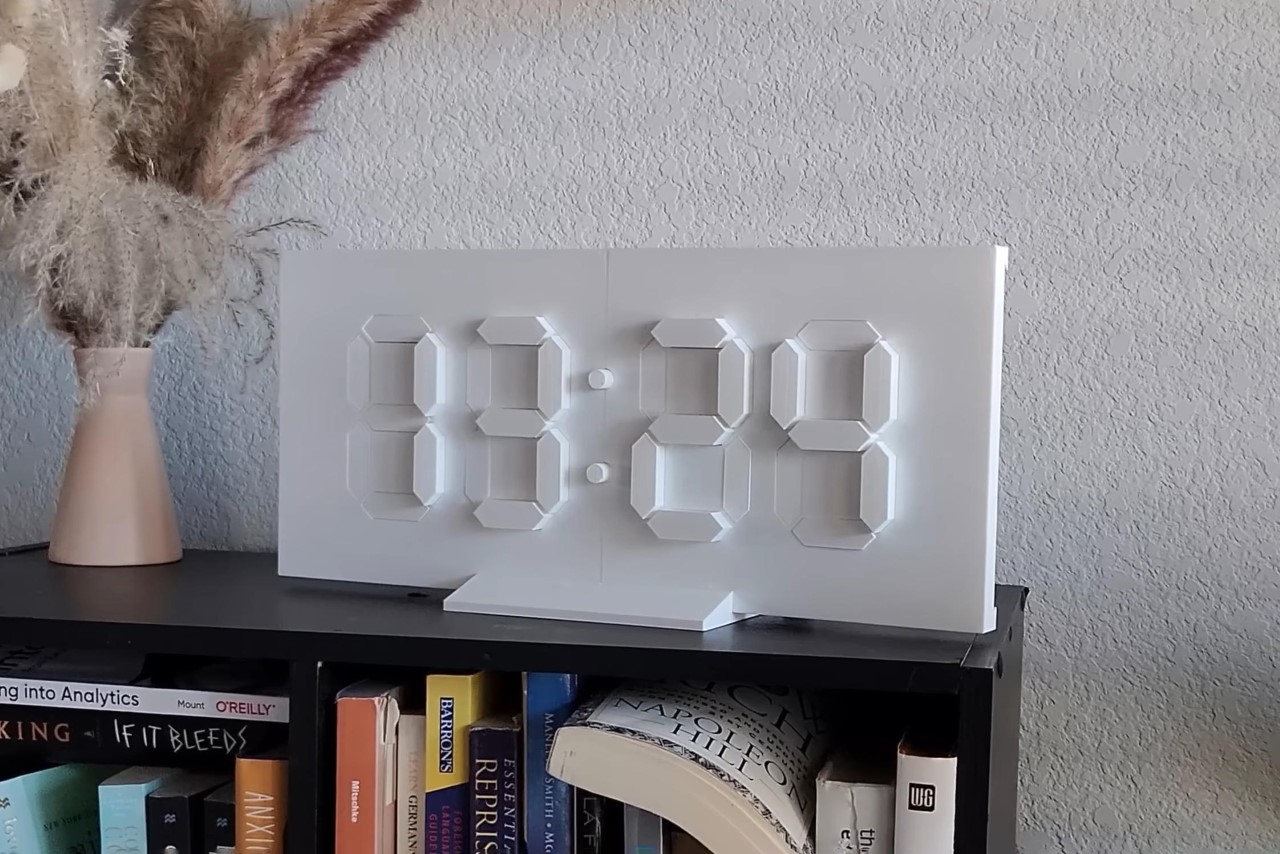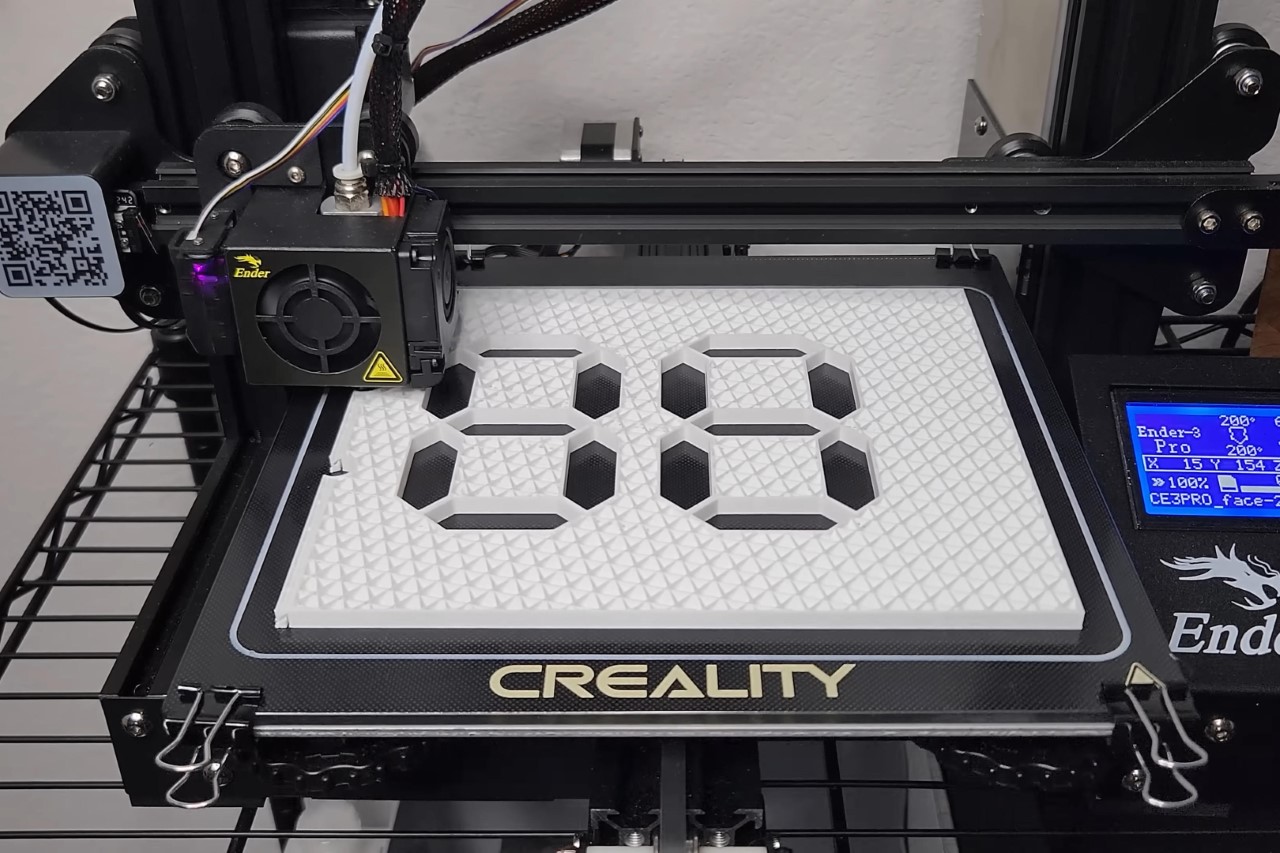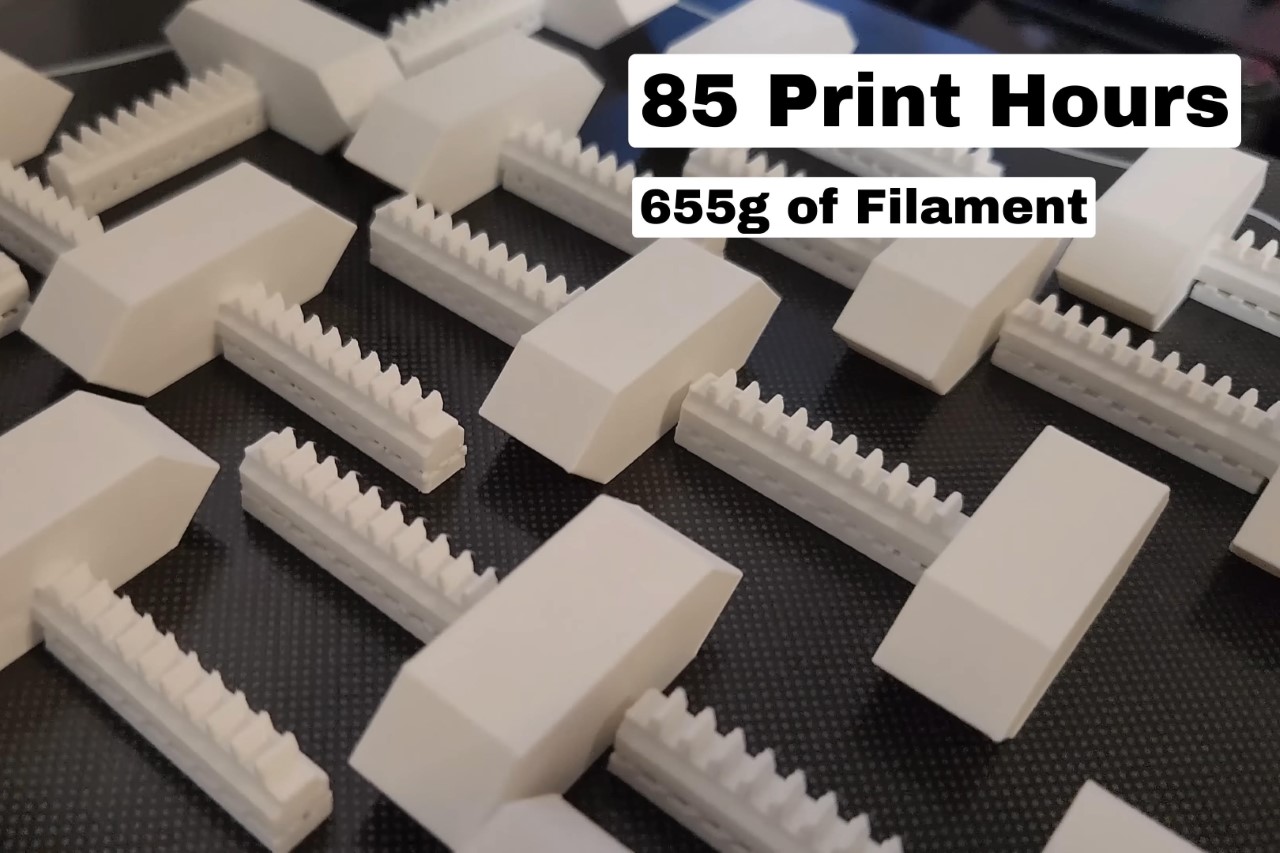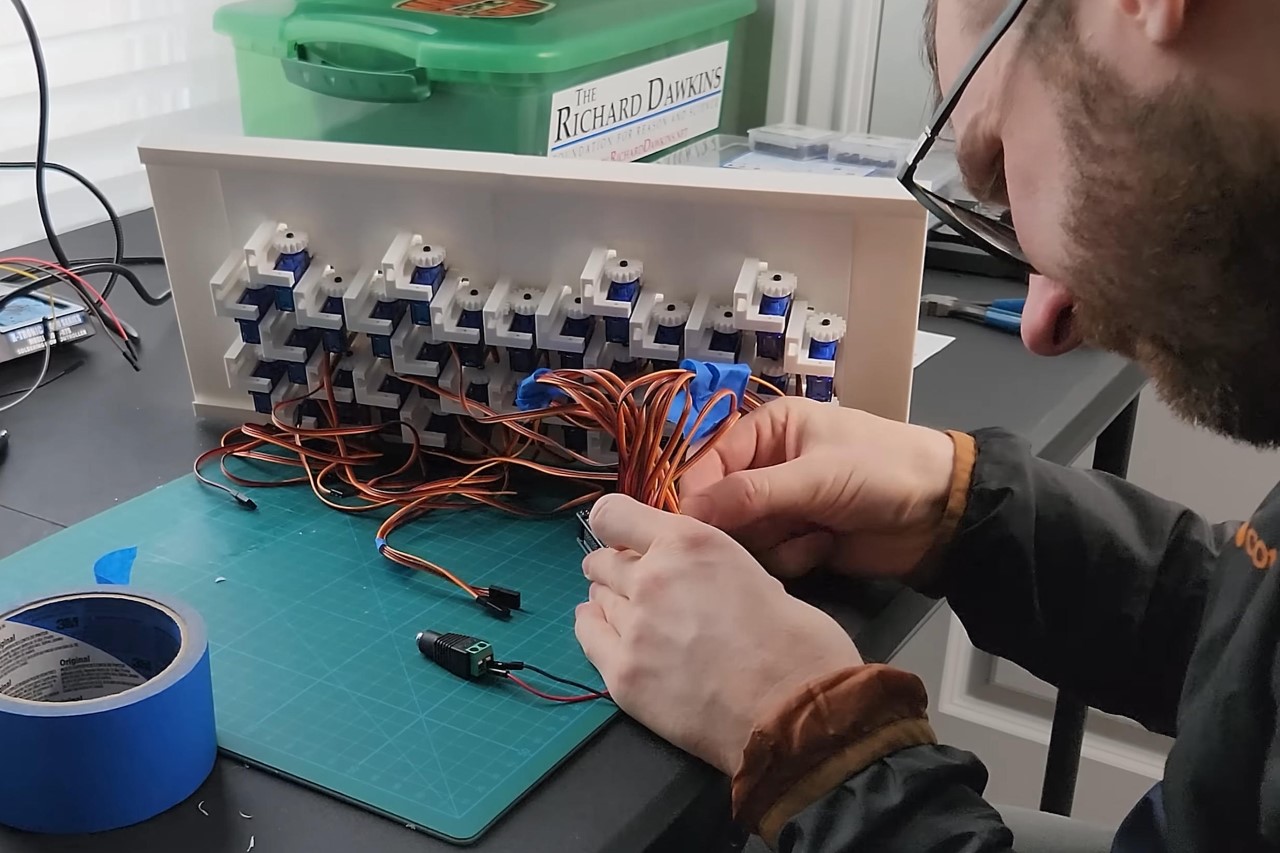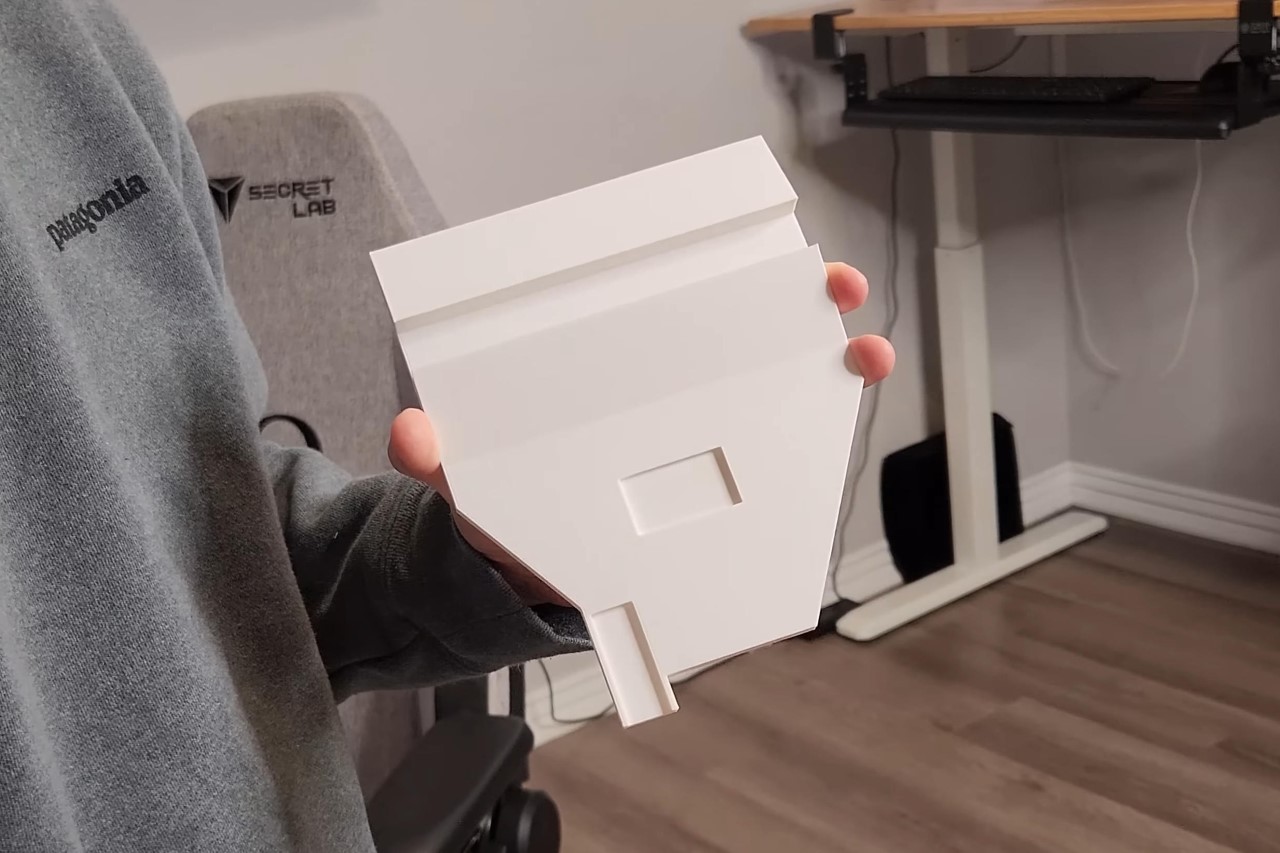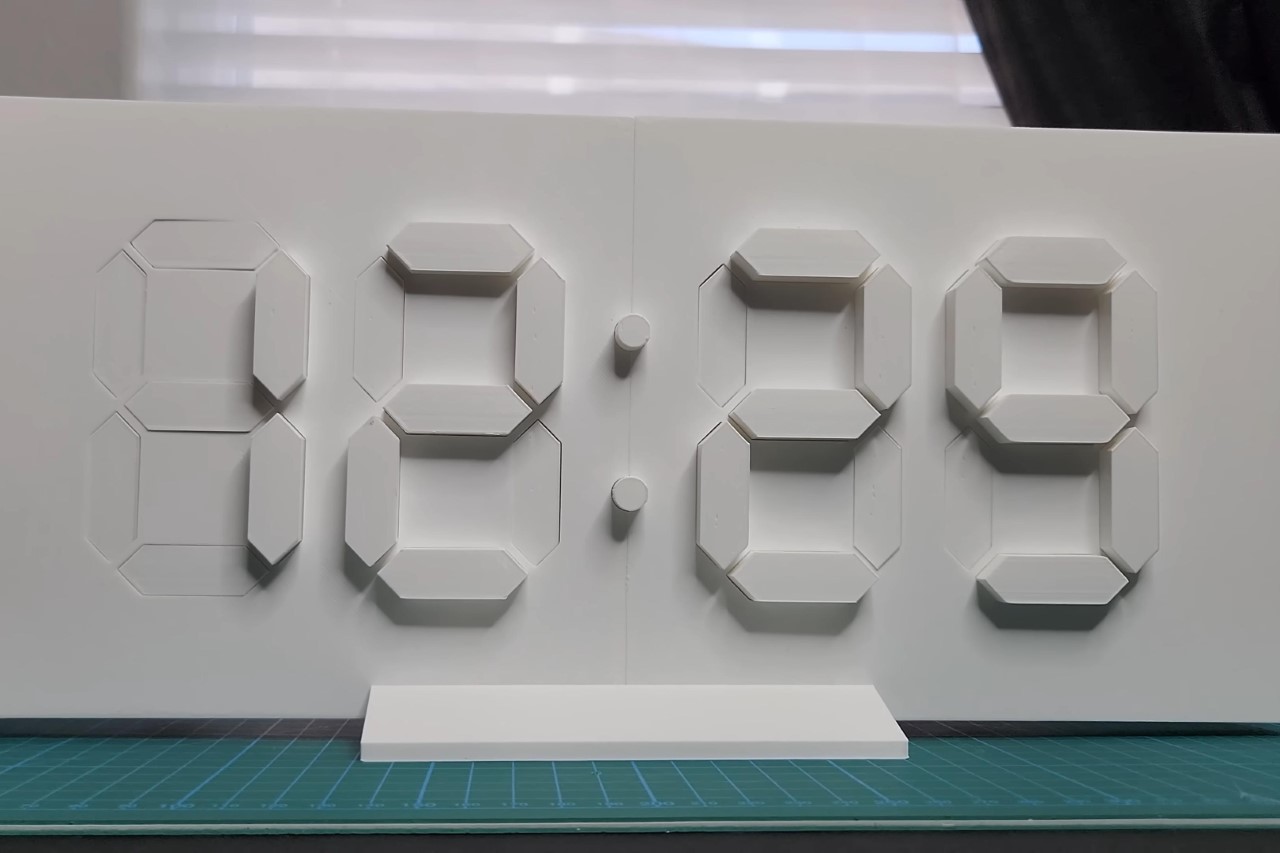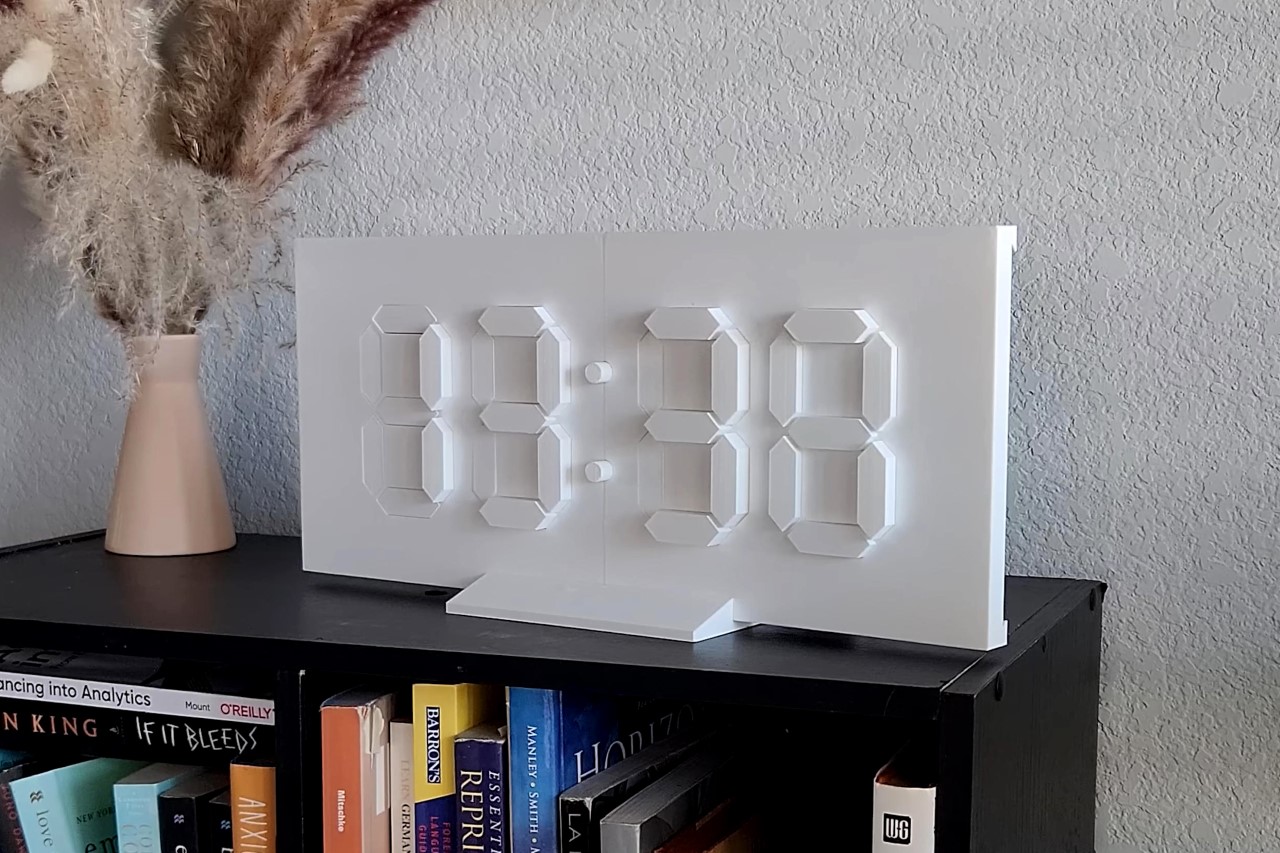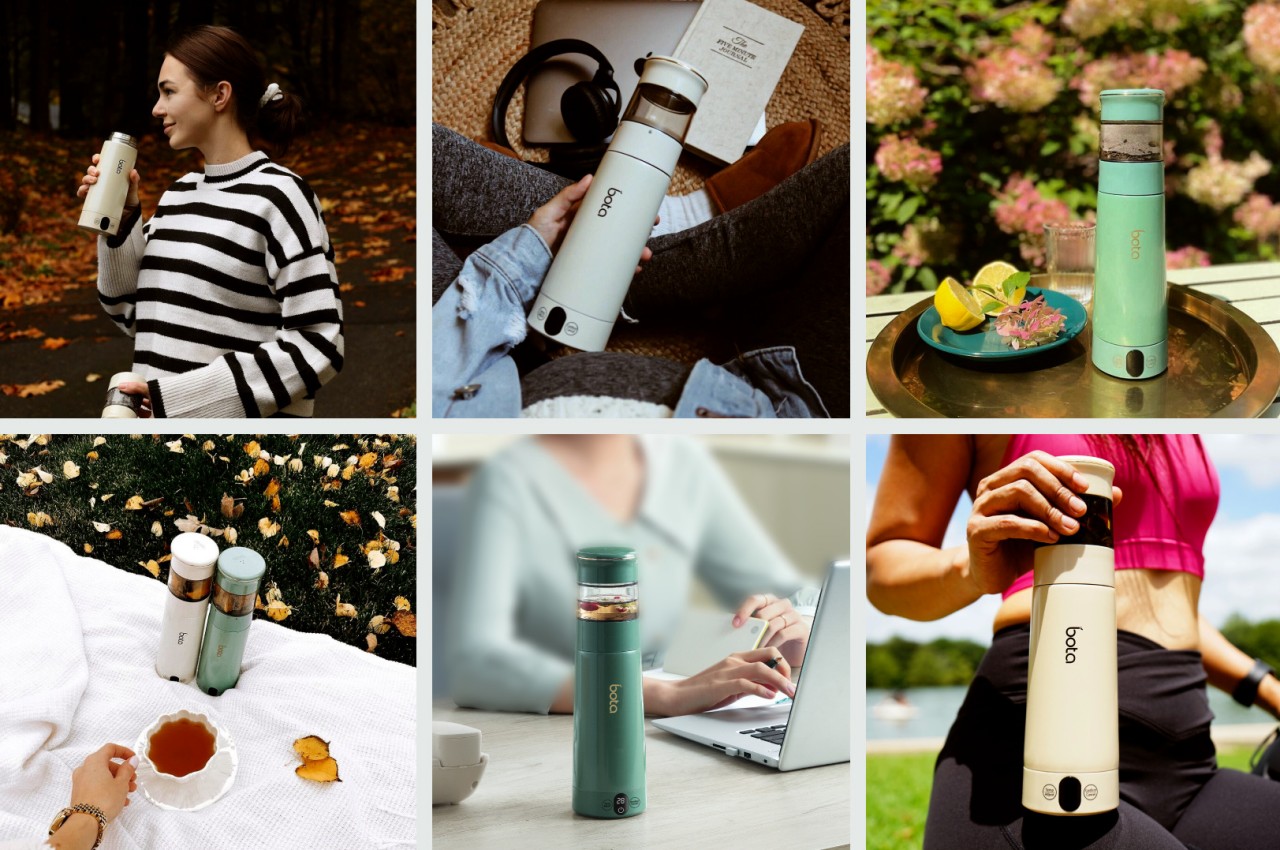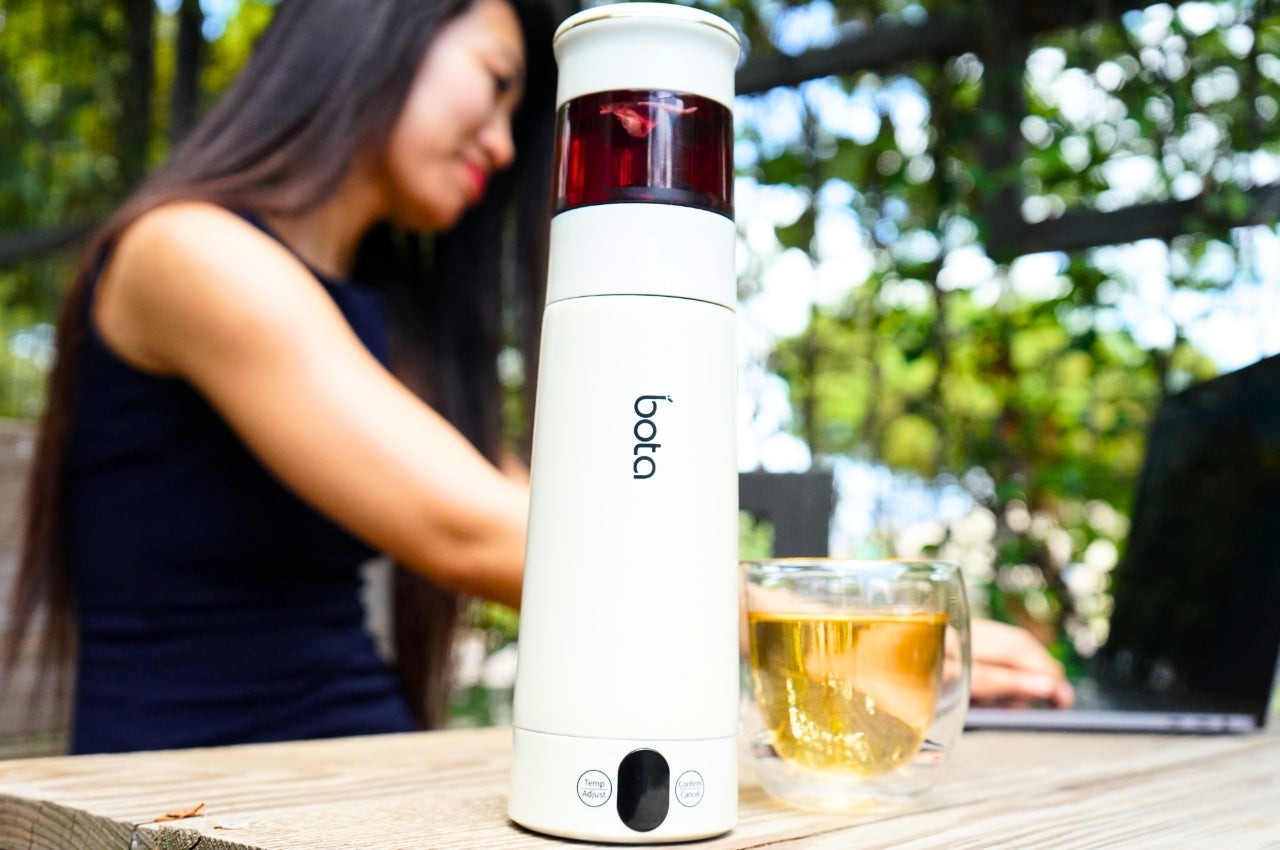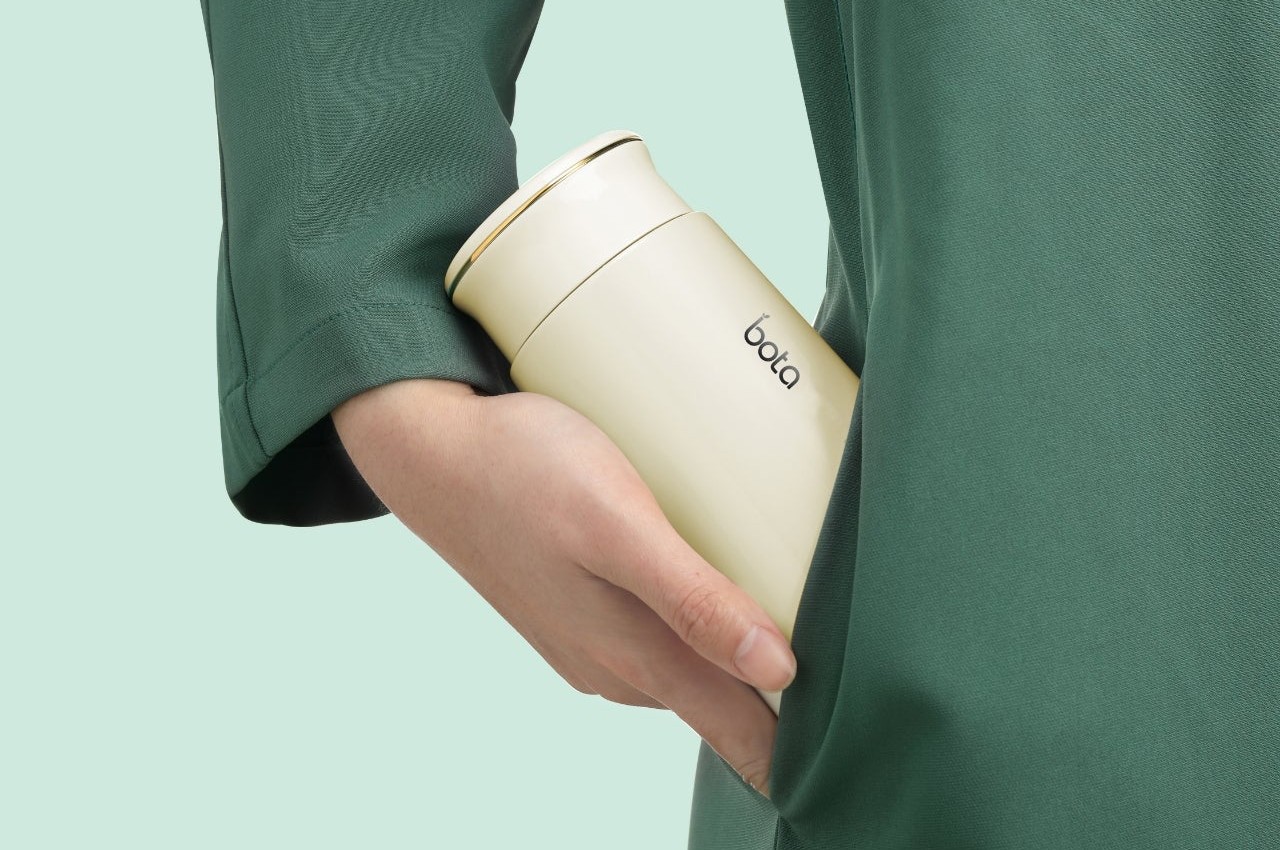Since time immemorial, candles have been used to track time, with the burning of the wick and the disintegration of the candle being used to calculate minutes and hours. Seokoo Yeo’s ‘Candle Go’ brings back that particular feature, but in a unique format. The Candle Go is a wax-warming apparatus that uses disc-shaped candles, melting them almost like a timer. The wax melts radially, sort of like hands of a clock, while gravity allows the candle disc to rotate. The result is a candle experience that’s distinctly unique, allowing you to visually measure time passed. Yeo designed the Candle Go to help you track goals and time spent being productive (sort of like a wax-based Pomodoro timer). At the end, the disc melts away to reveal a medal that rewards you for time spent pursuing your goals.
Designer: Seokoo Yeo

What the Candle Go explores so beautifully is a new way of burning wax. Traditional candles feature a standing design, with a vertical wick that lights at the top, gradually moving downwards as the wax melts away. Historically, markings on the side of the candle would then tell how much time had passed, helping people track minutes and hours. The Candle Go doesn’t do that – instead, it mounts a flat disc of wax on an axis, quite like a vertical CD player of sorts. Rather than having a wick on fire, the Candle Go uses a warming element that melts away parts of the wax in a radial style. The melted wax creates a weight imbalance, getting the disc to rotate on its own. This clever technique uses gravity to its advantage, allowing the entire disc to melt at the end. You can easily track the time just by staring a the shape of the disc. It visually represents a pie-chart of sorts, allowing you to easily and intuitively understand ratios and fractions, therefore figuring out how much time has passed.
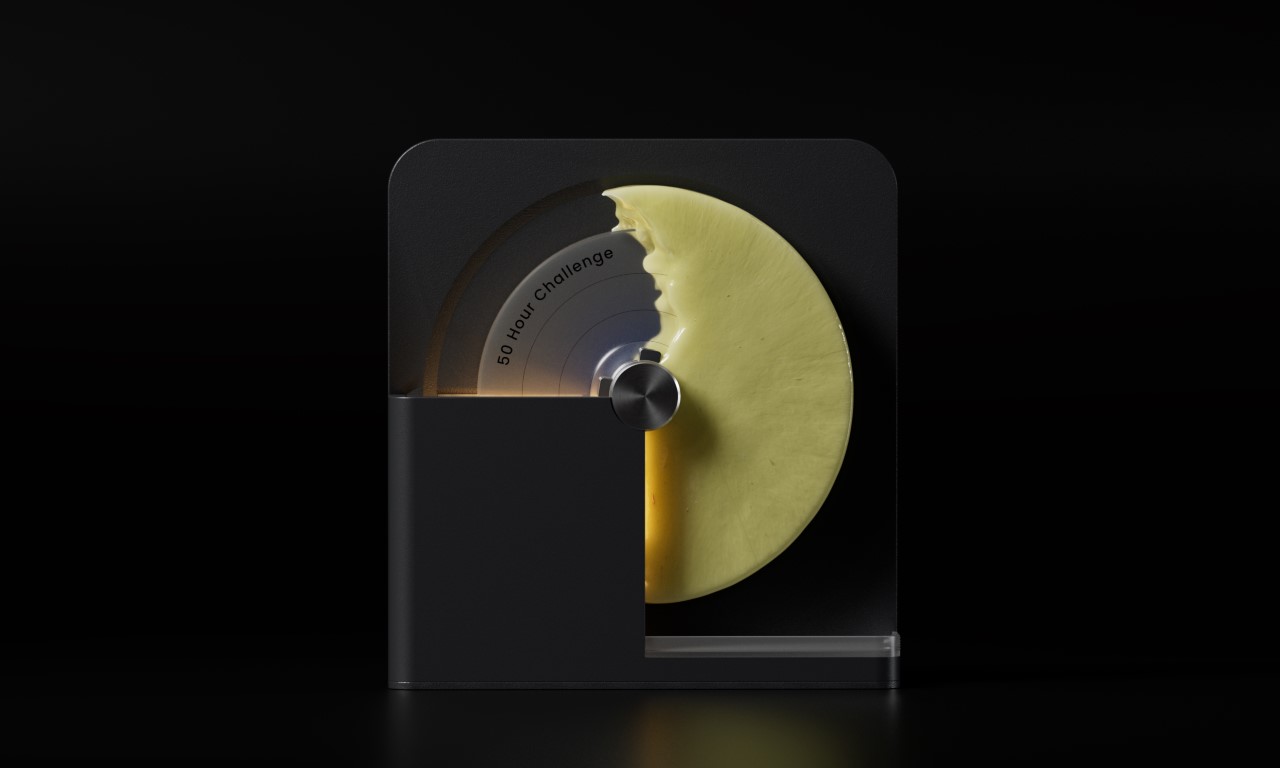
The melted wax gathers in a chamber at the bottom, ensuring your tabletop doesn’t get covered with melted wax (the way you’d otherwise face with regular candles). There’s no fire involved too (which could be a safety hazard), although the candle does emanate a warm light that is diffused by the natural properties of the wax.
Once you’ve exhausted your candle disc (and received the reward inside), simply load another disc to keep tracking your goals, and the amount of time dedicated towards achieving them!
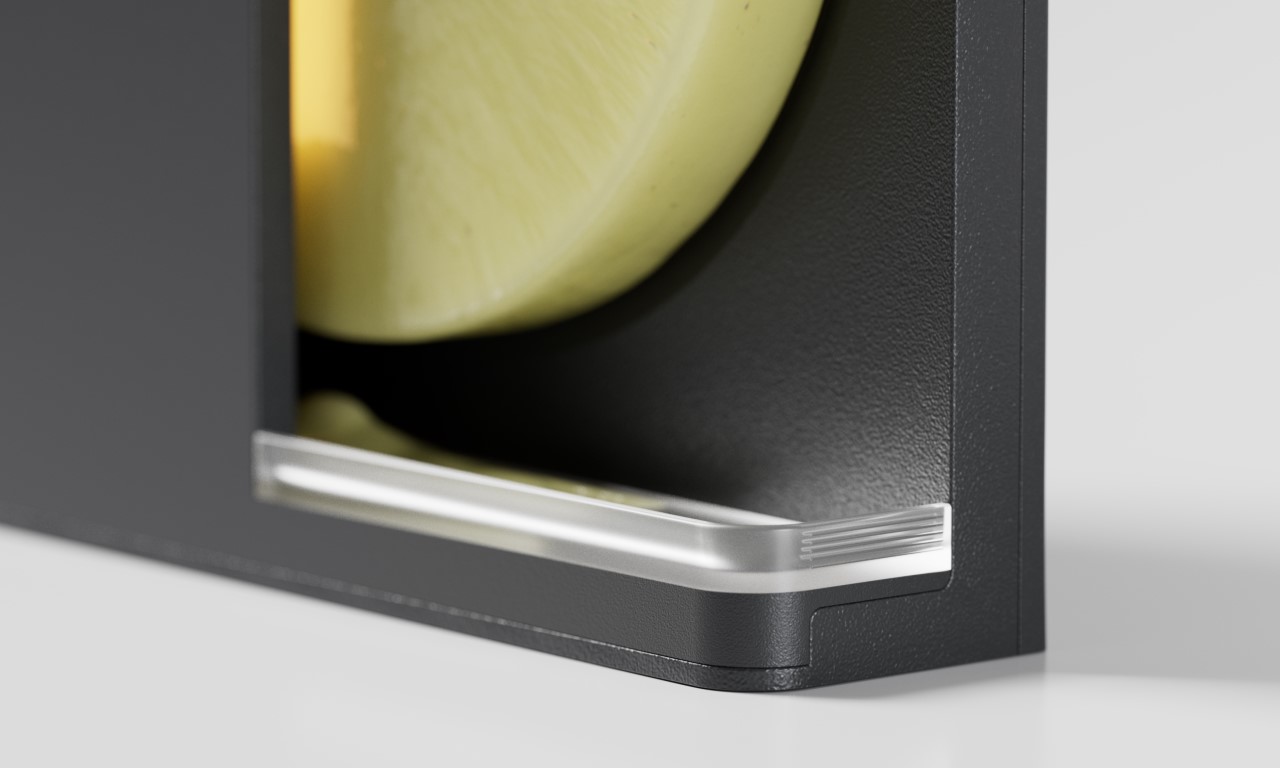
The post One-of-a-kind ‘Candle Disc’ tracks the passage of time by melting wax in a different way first appeared on Yanko Design.










